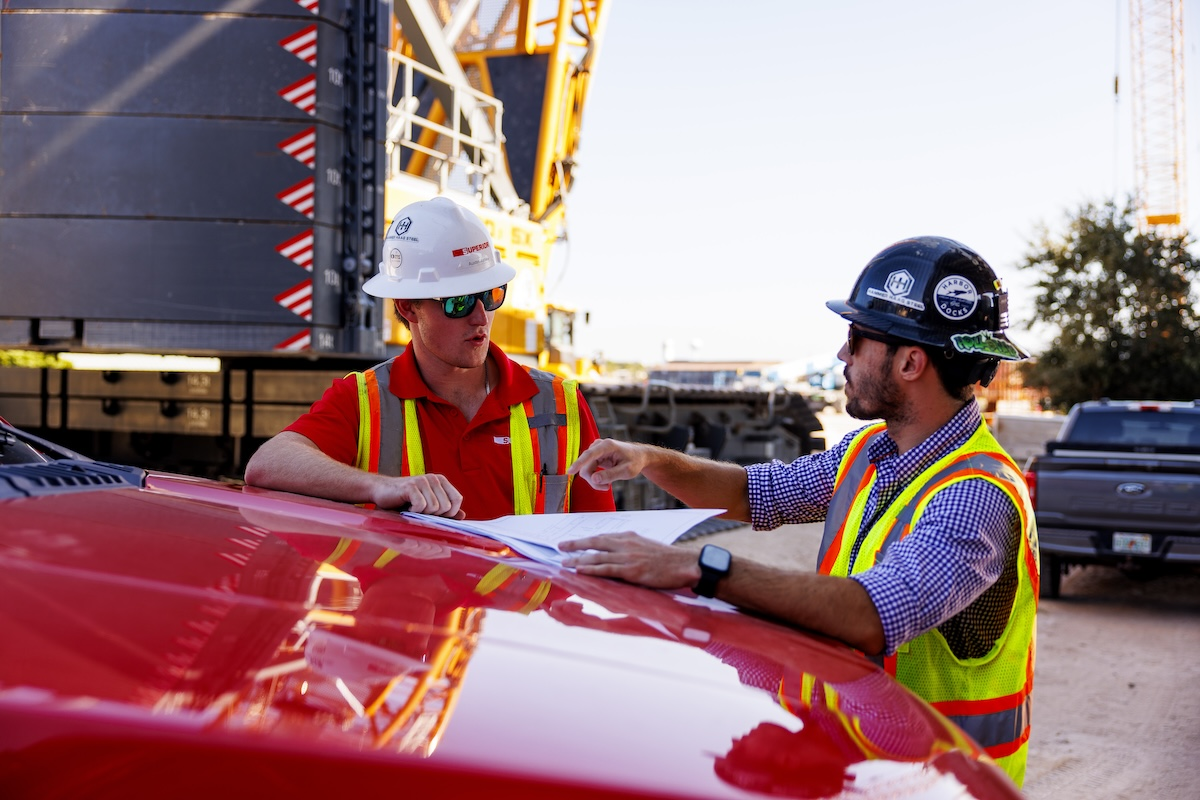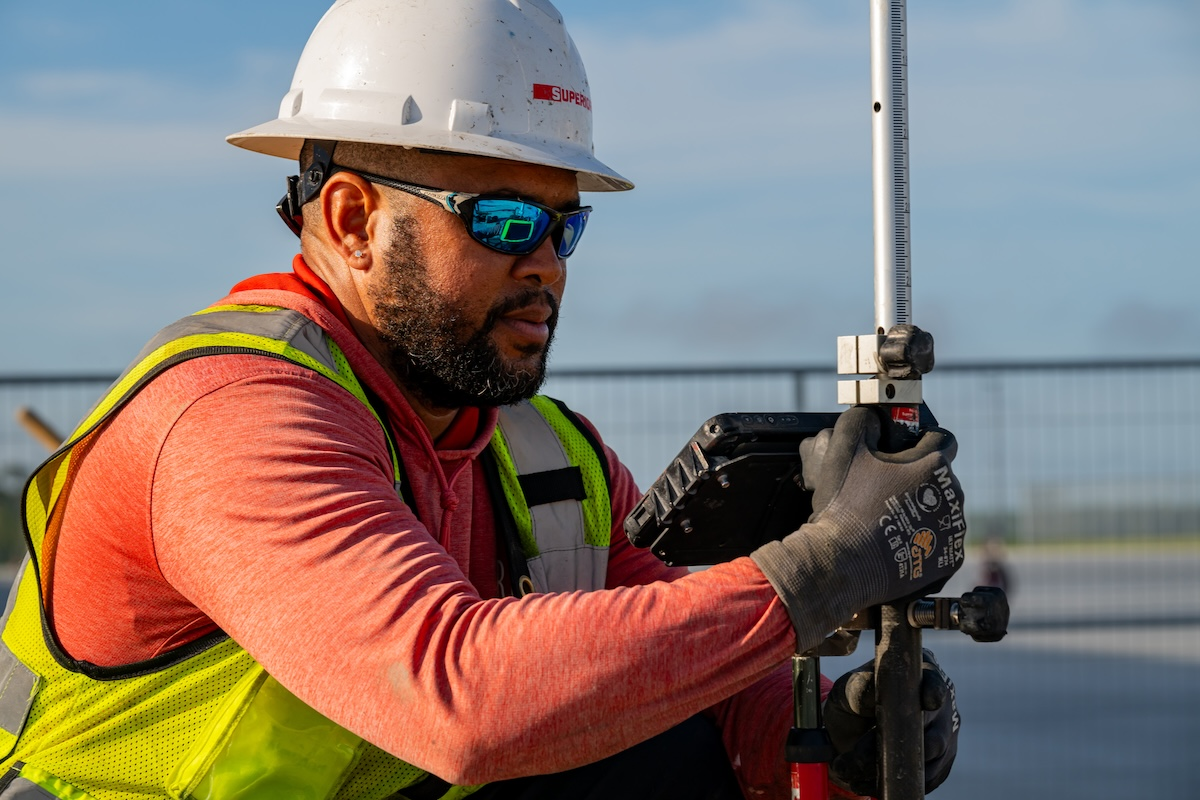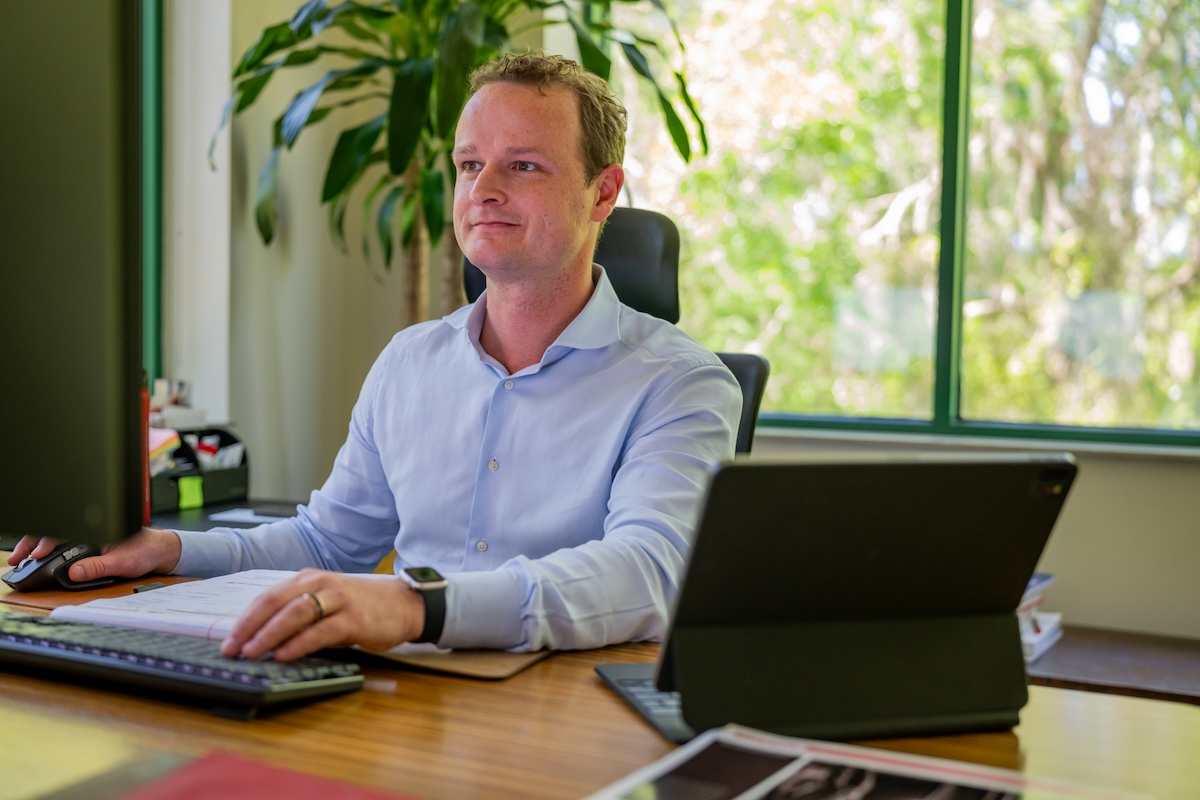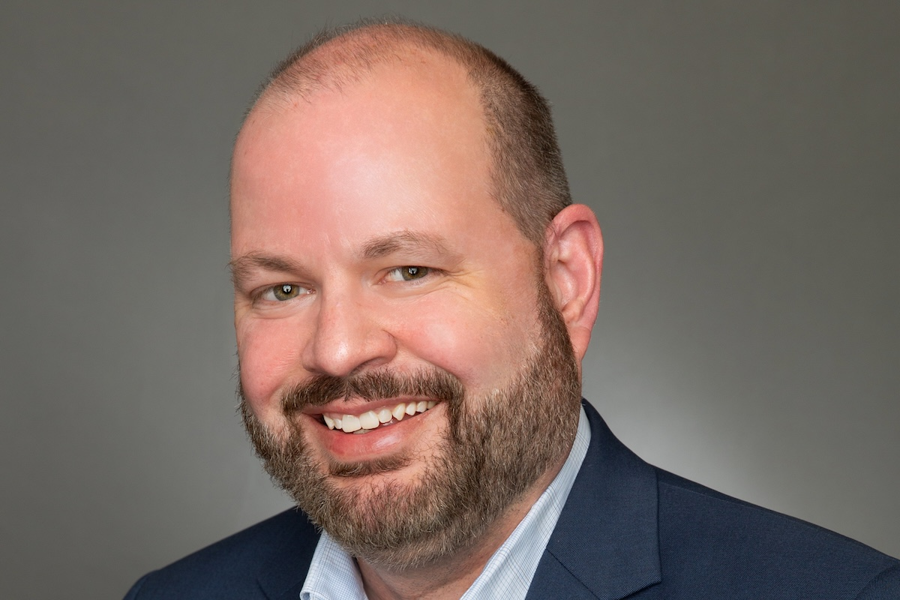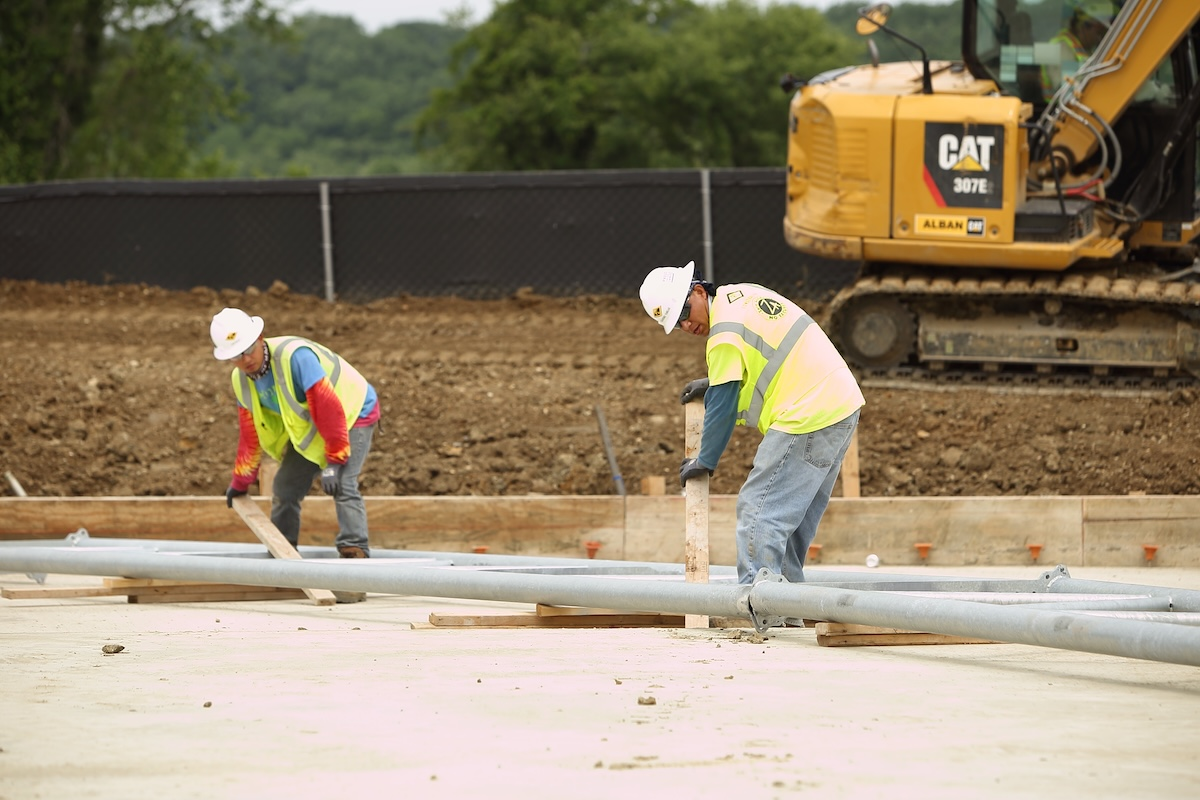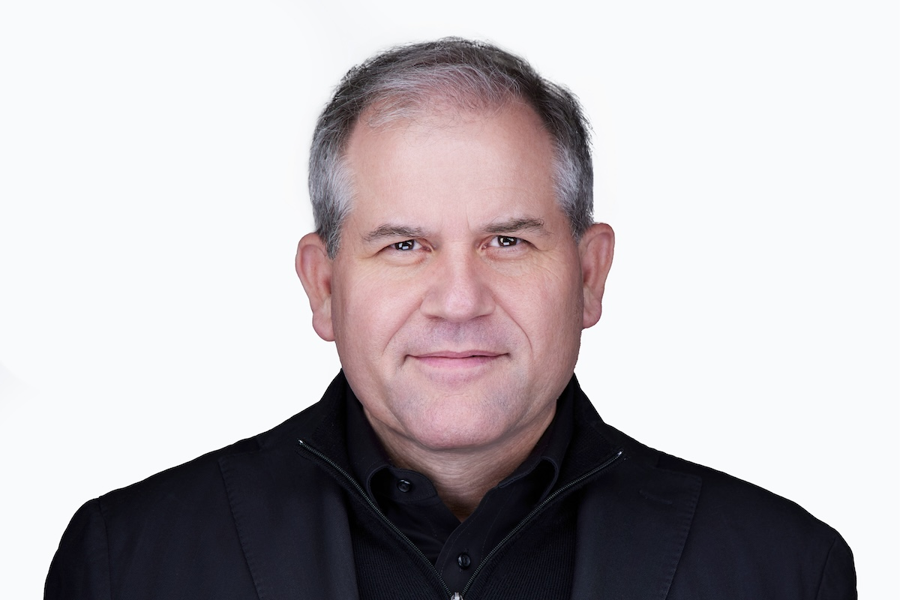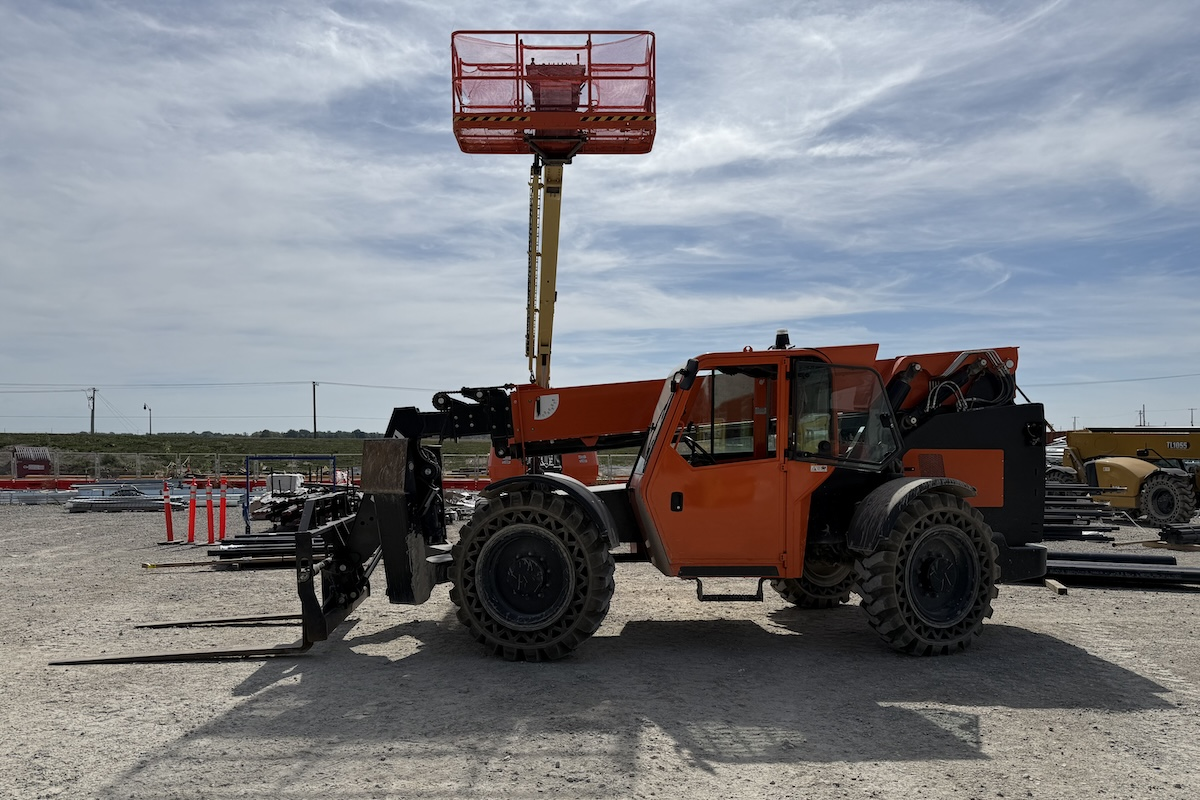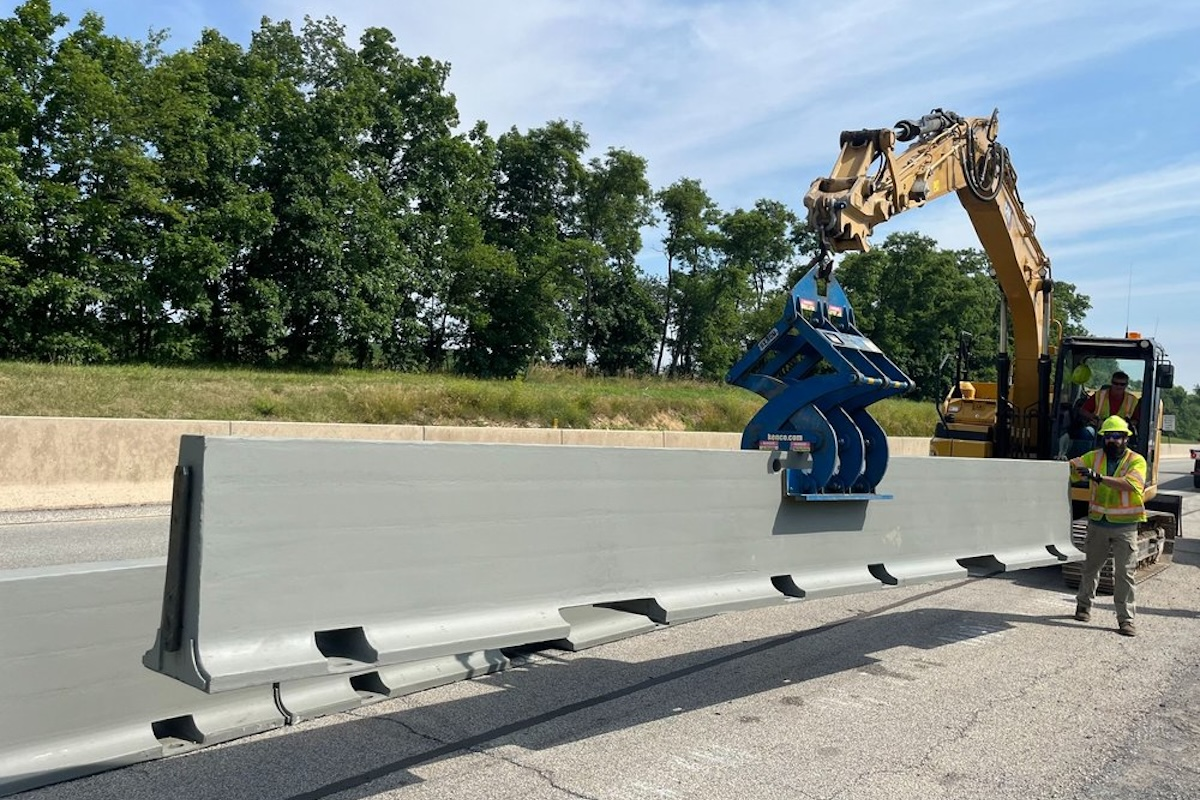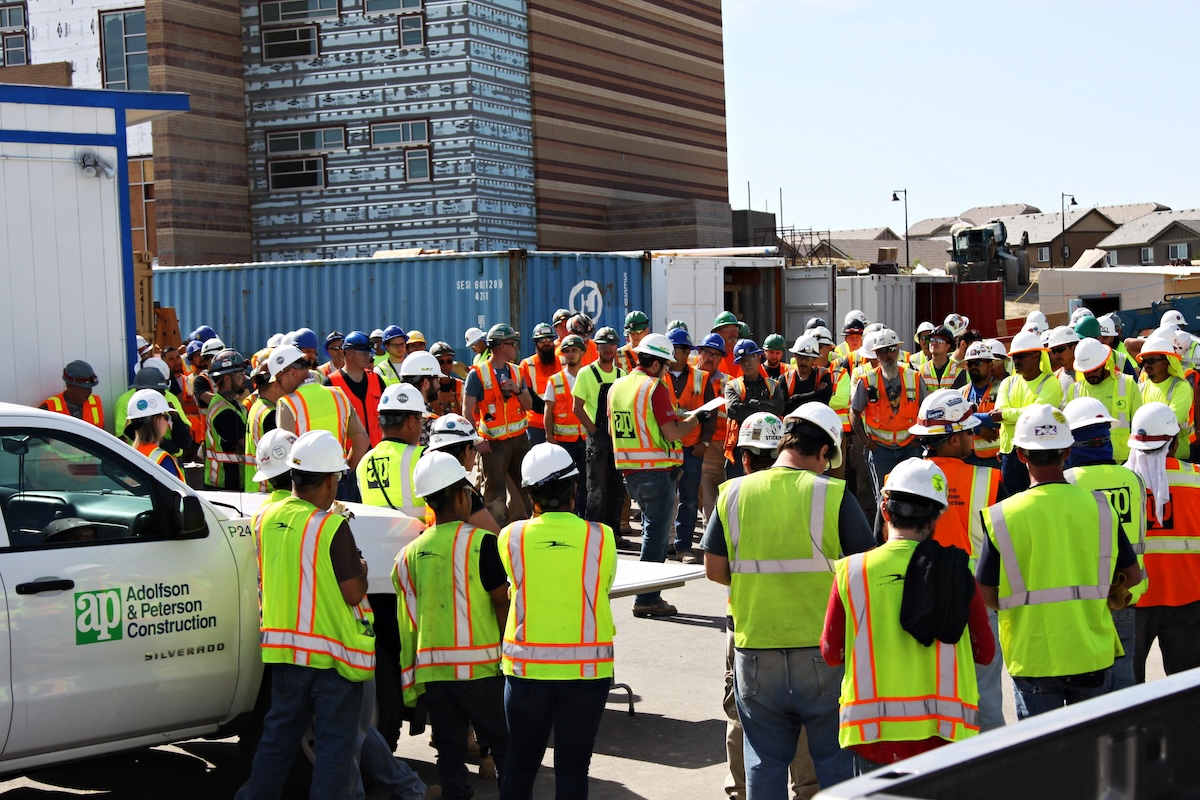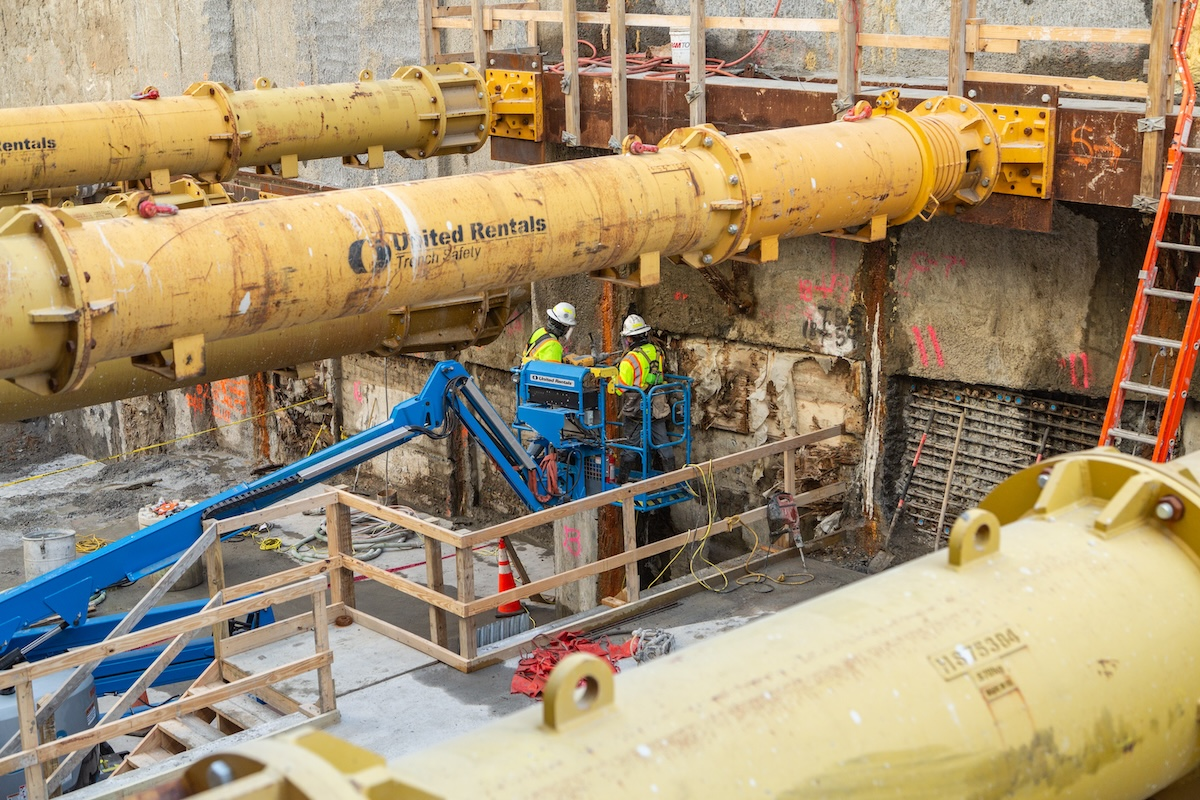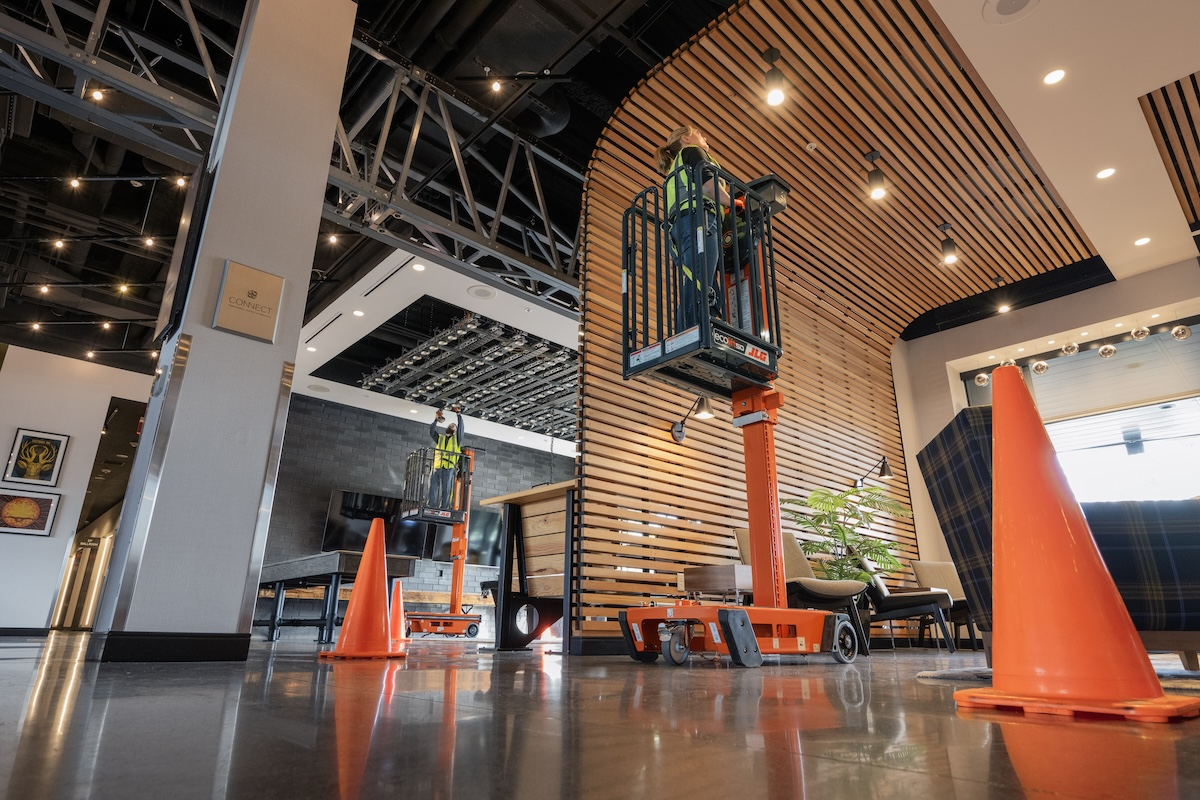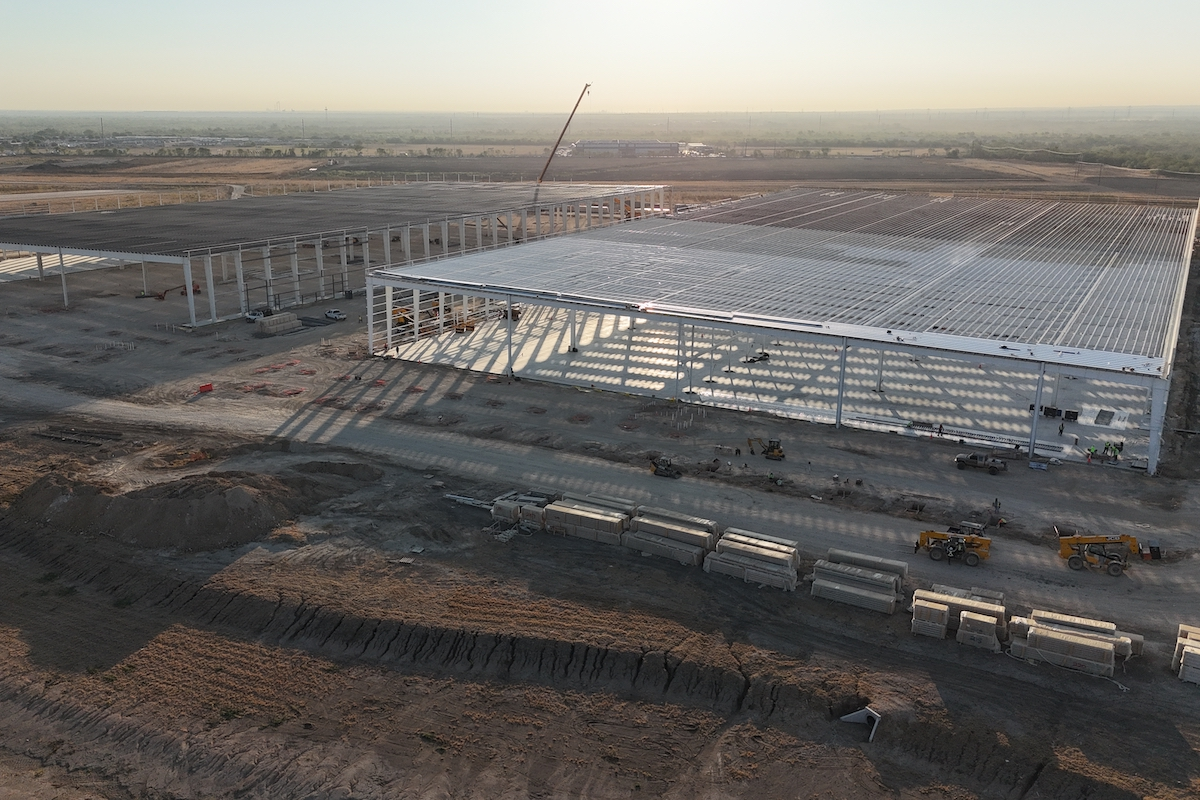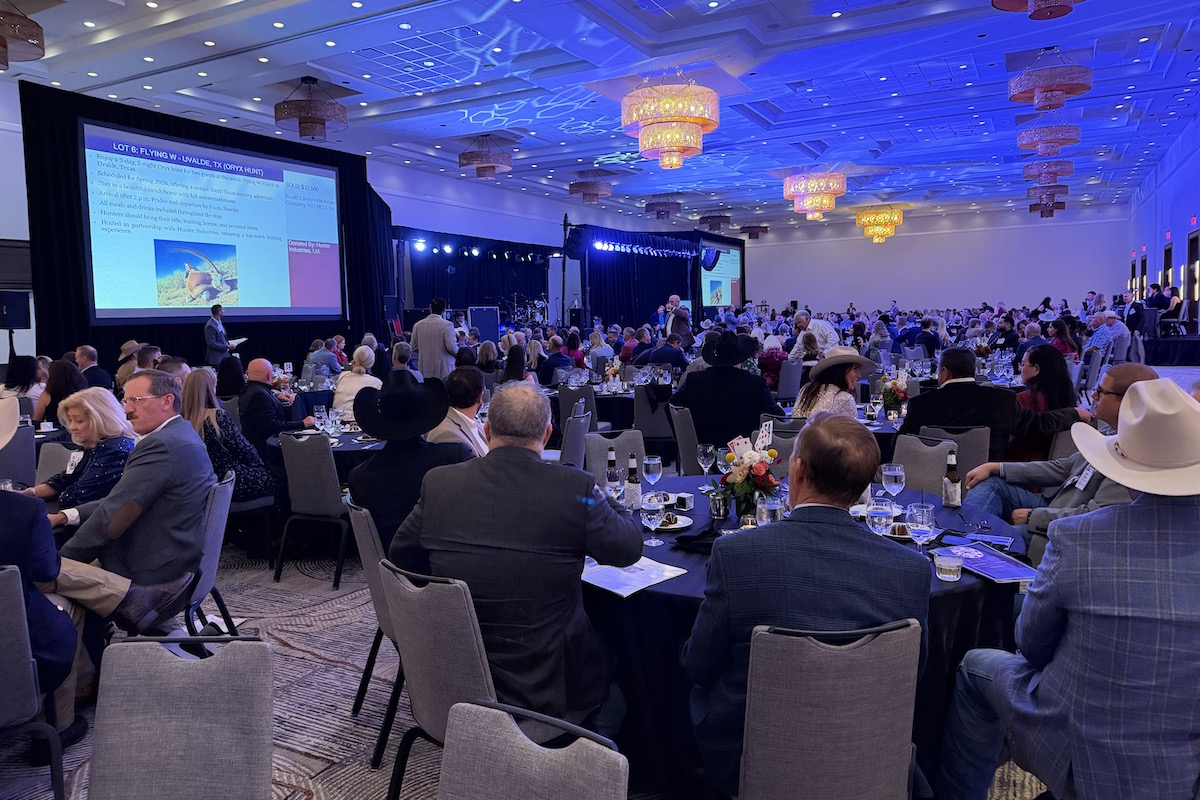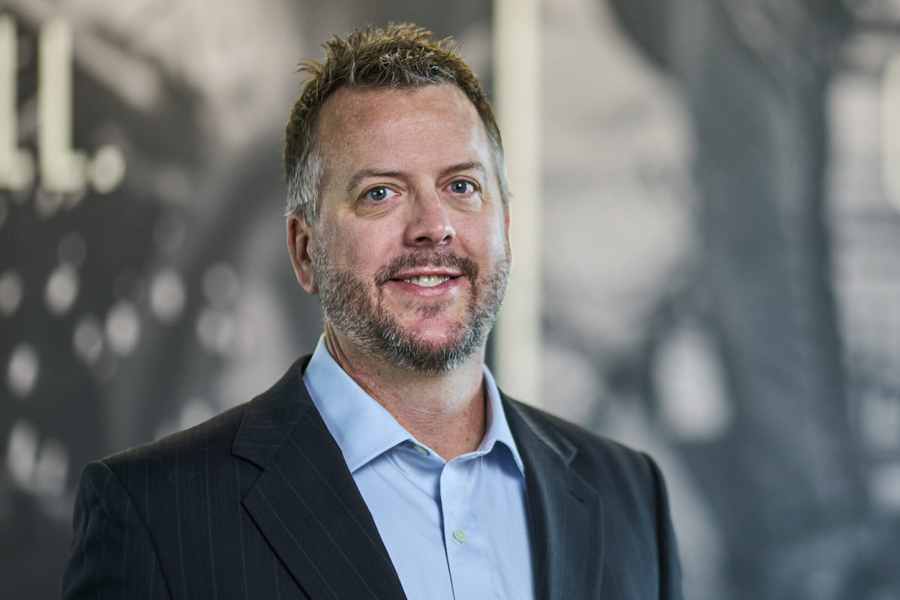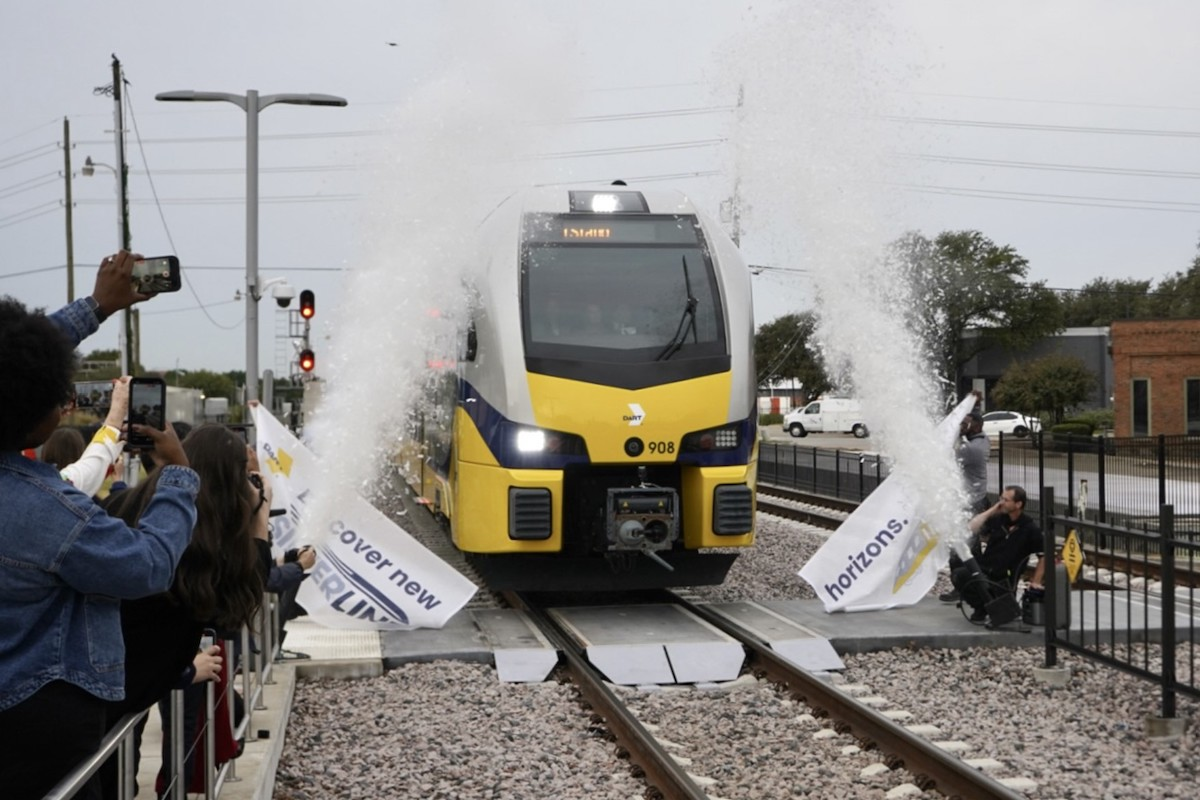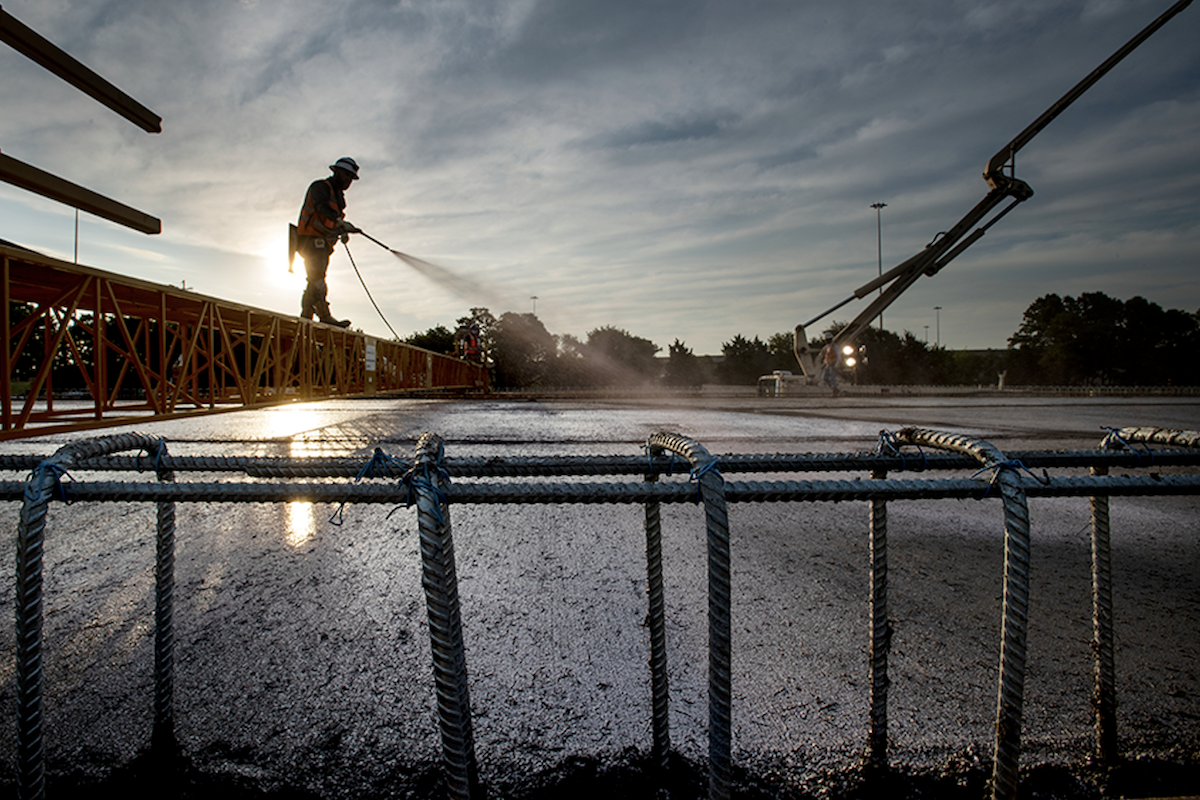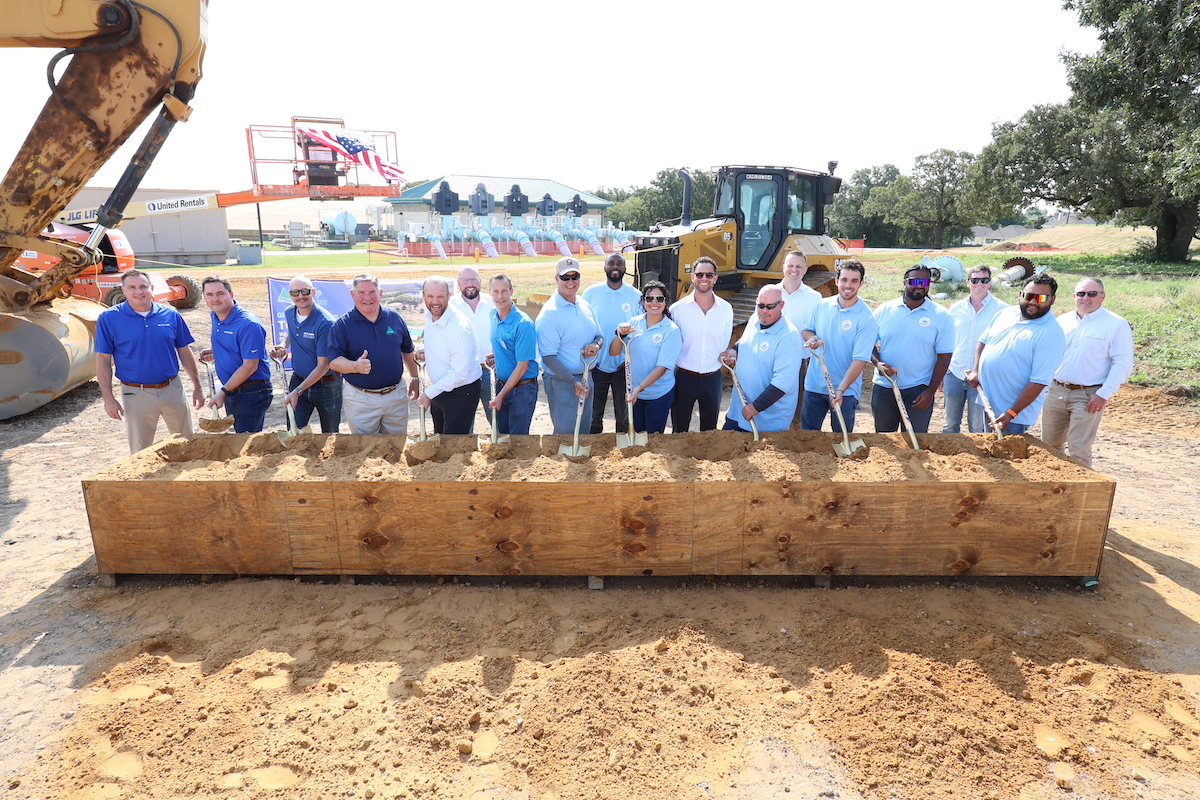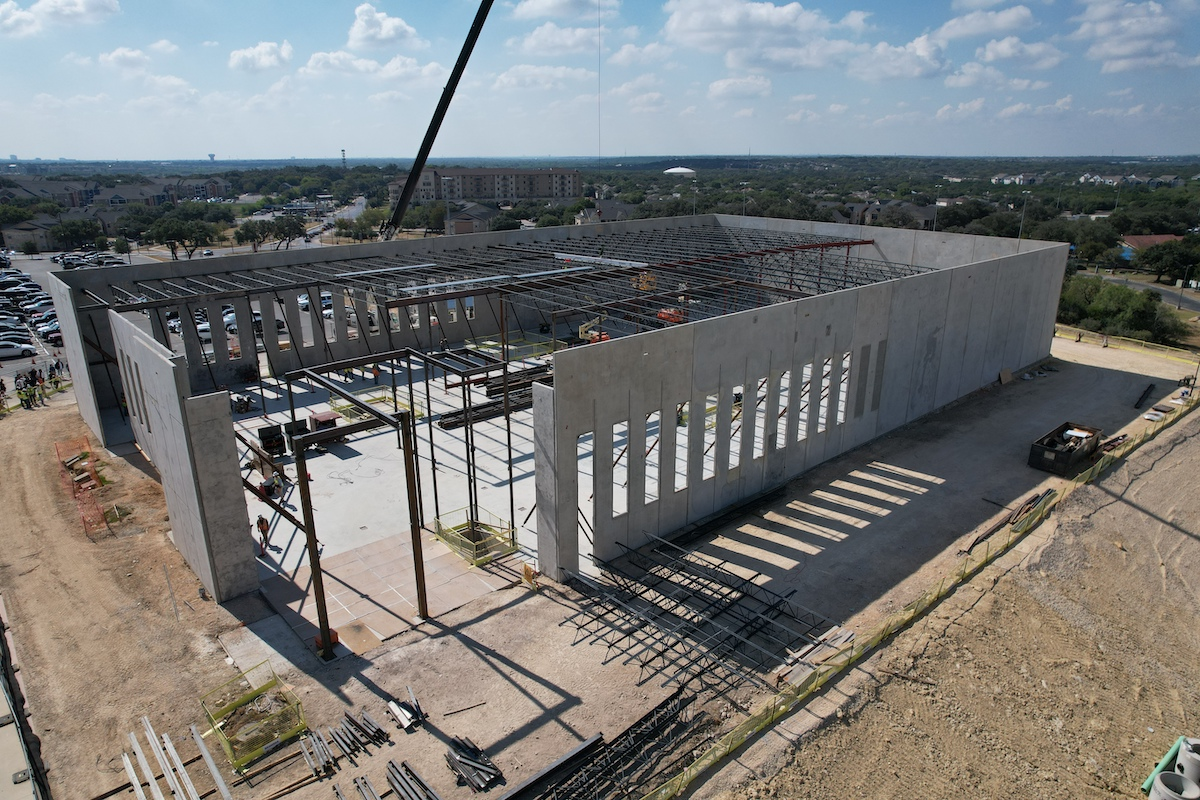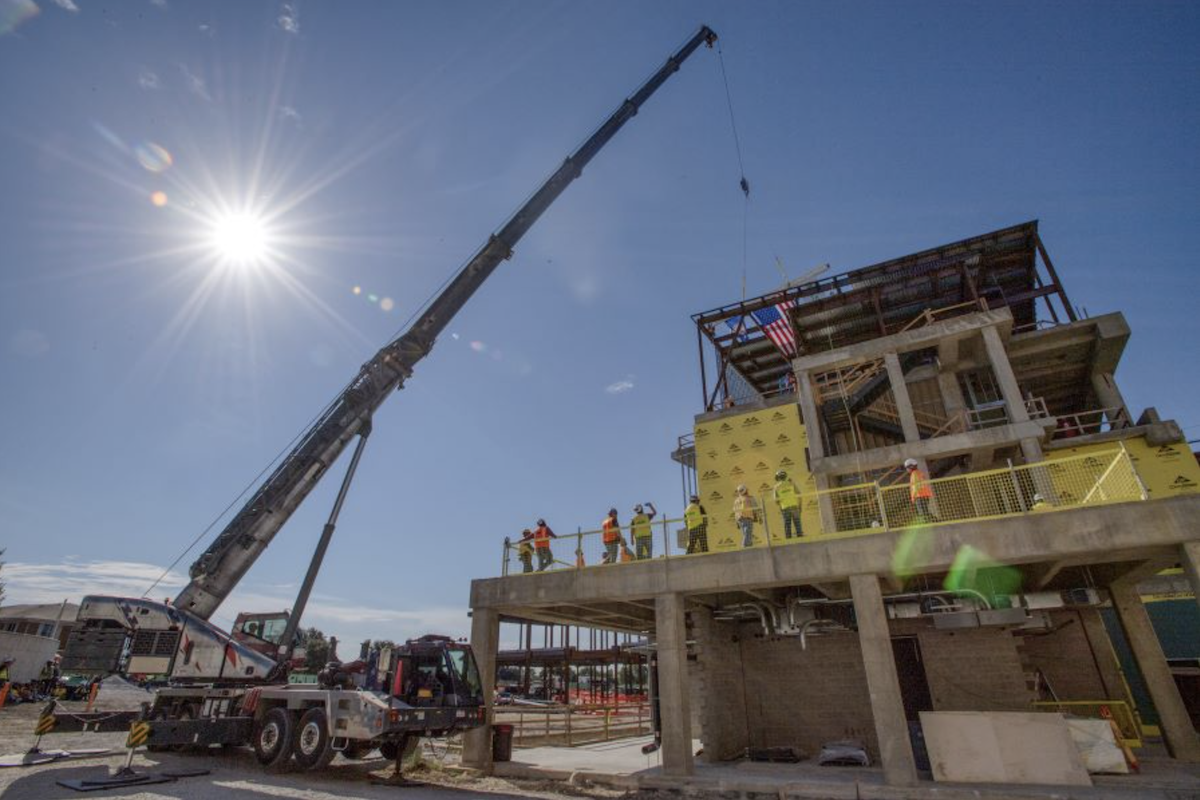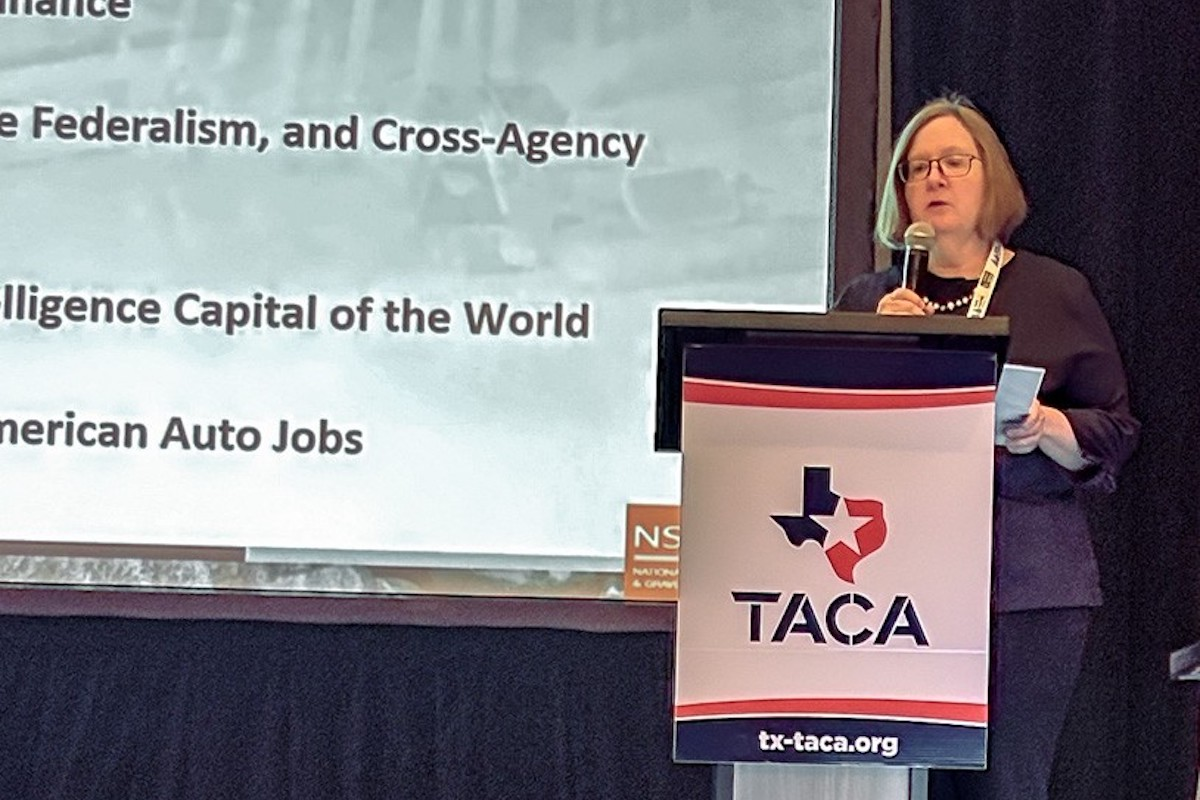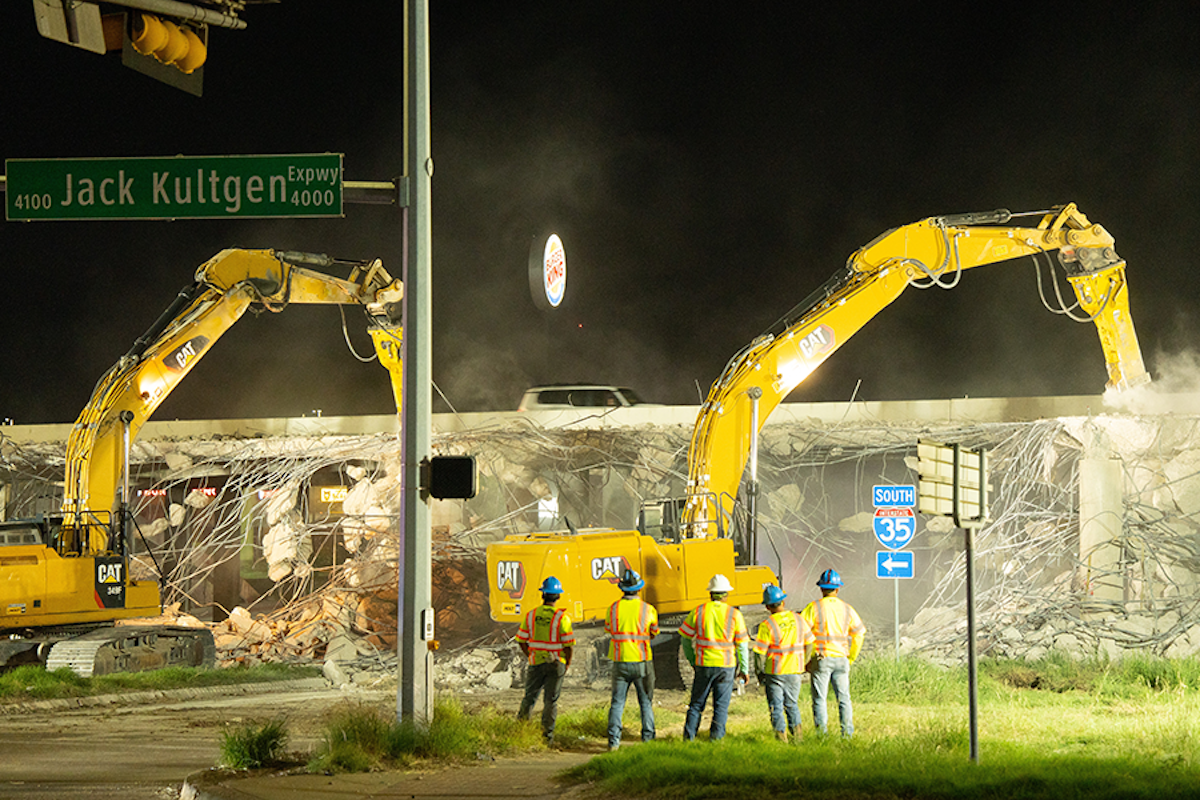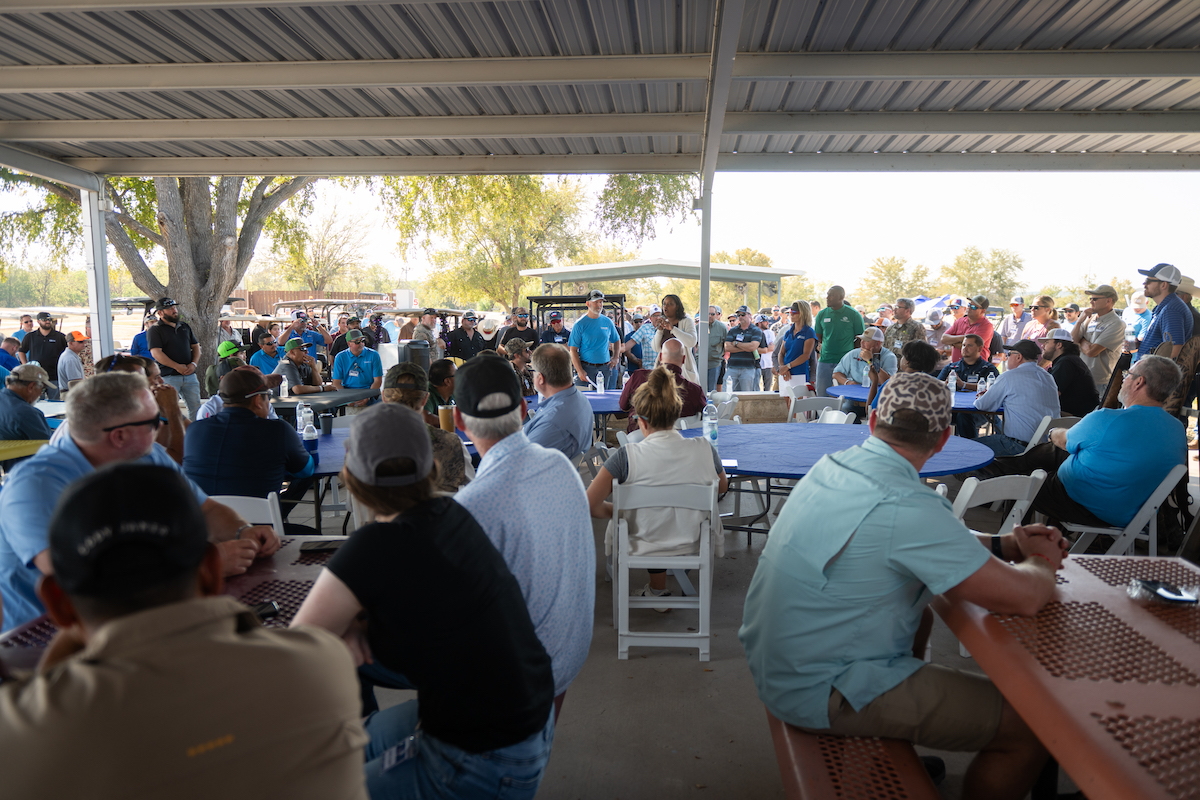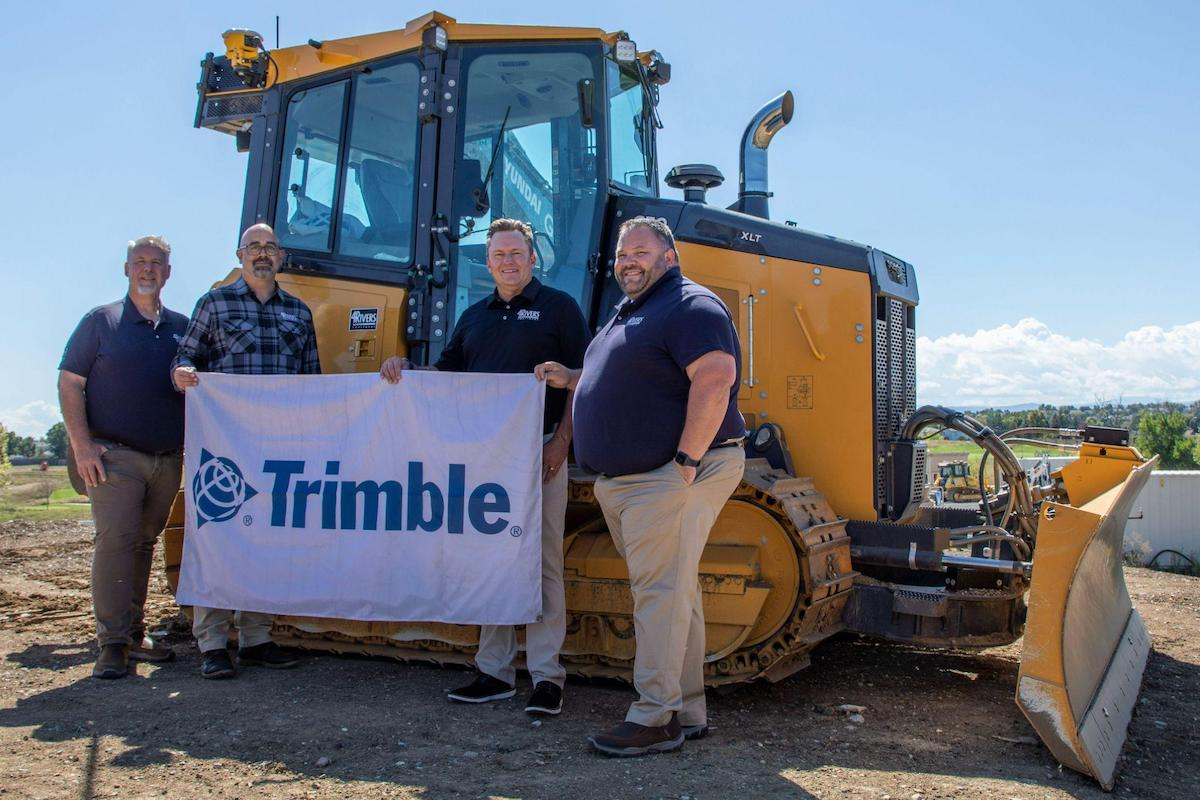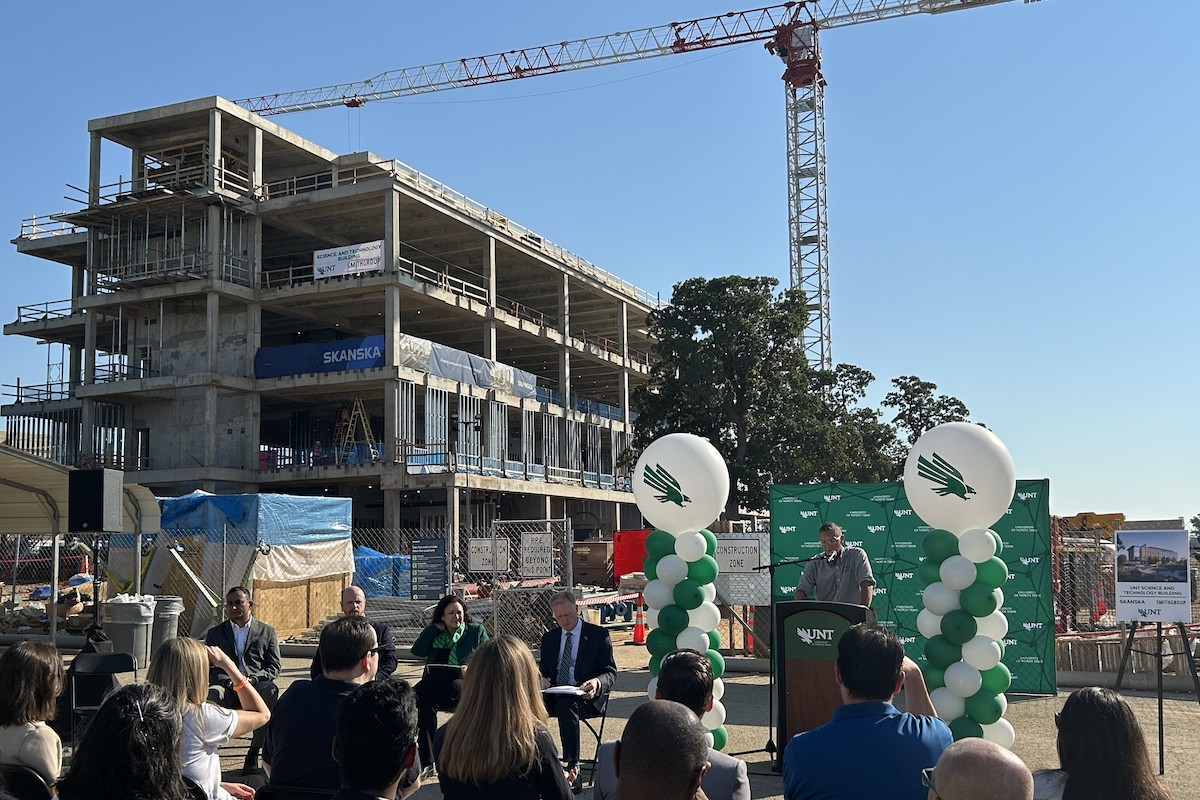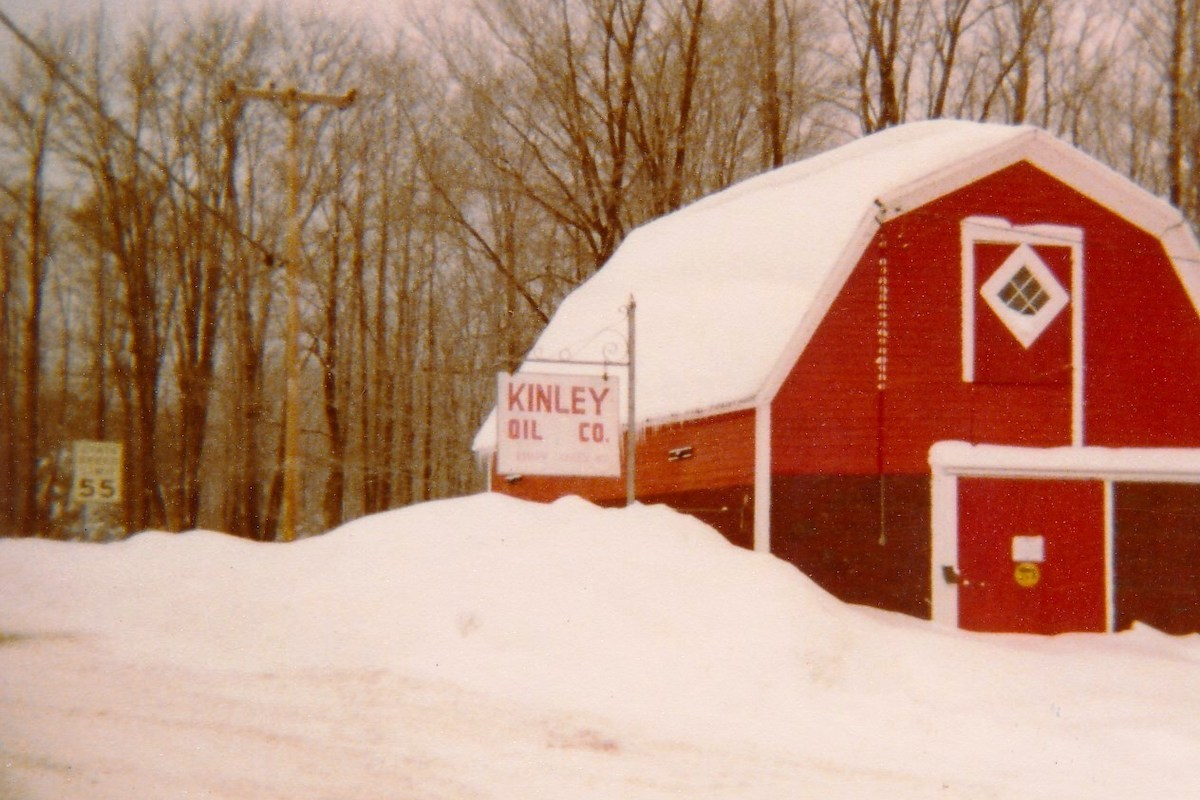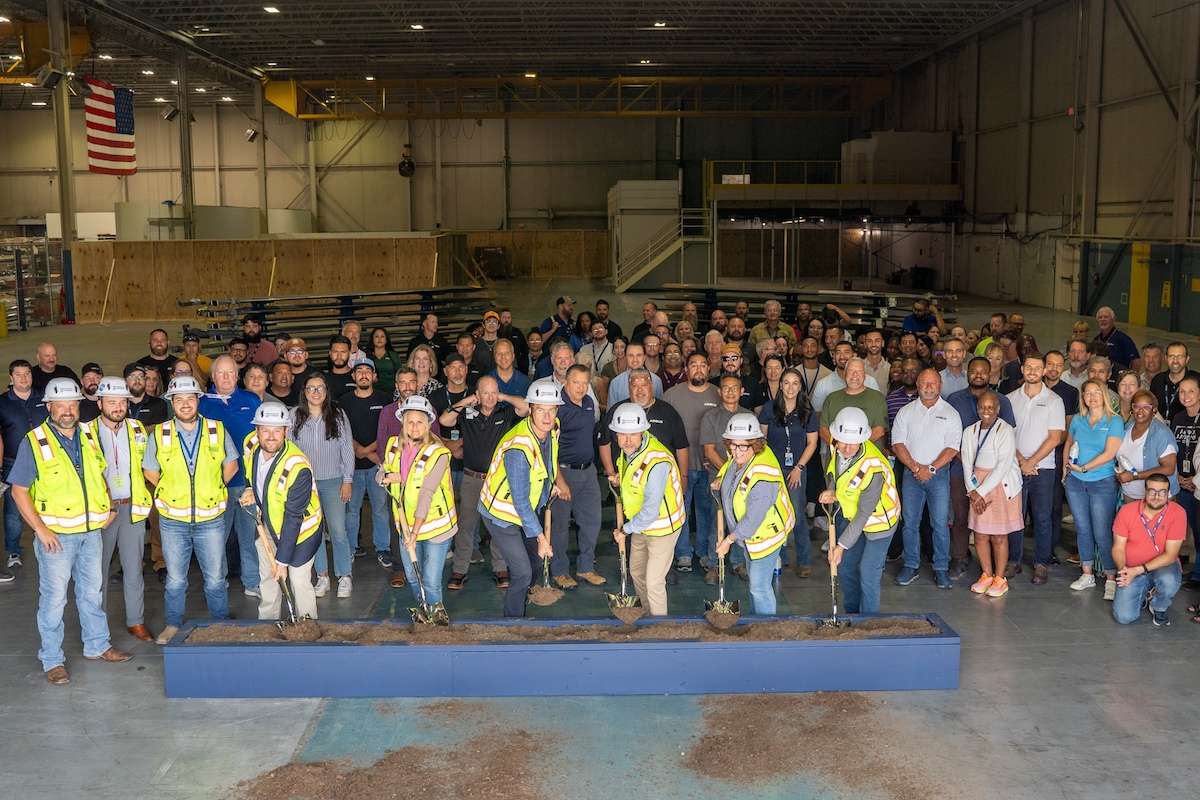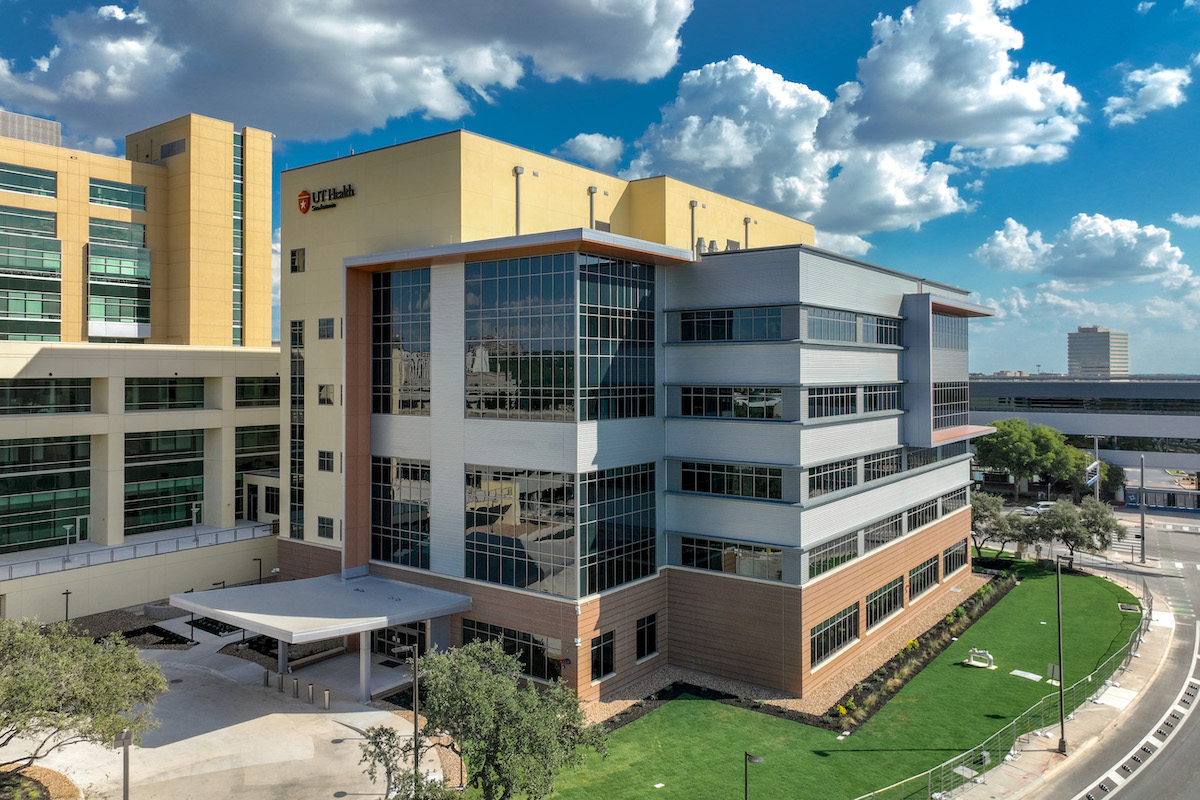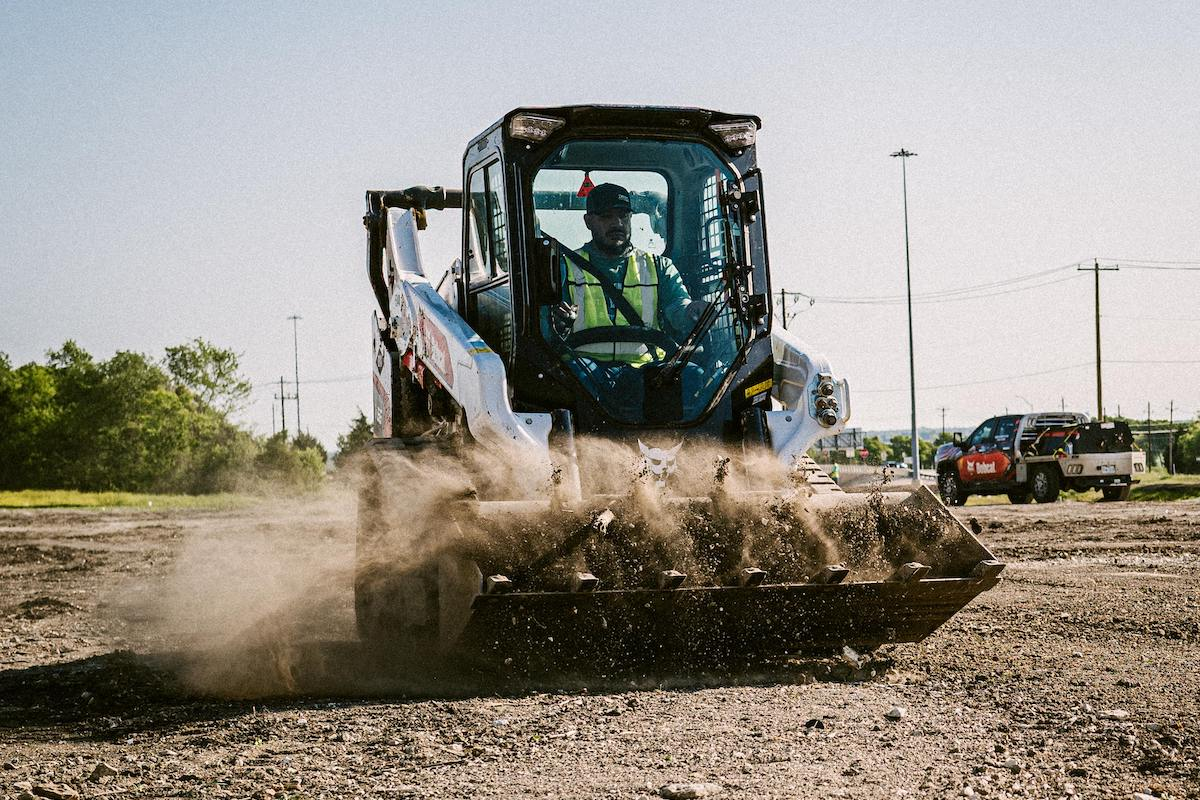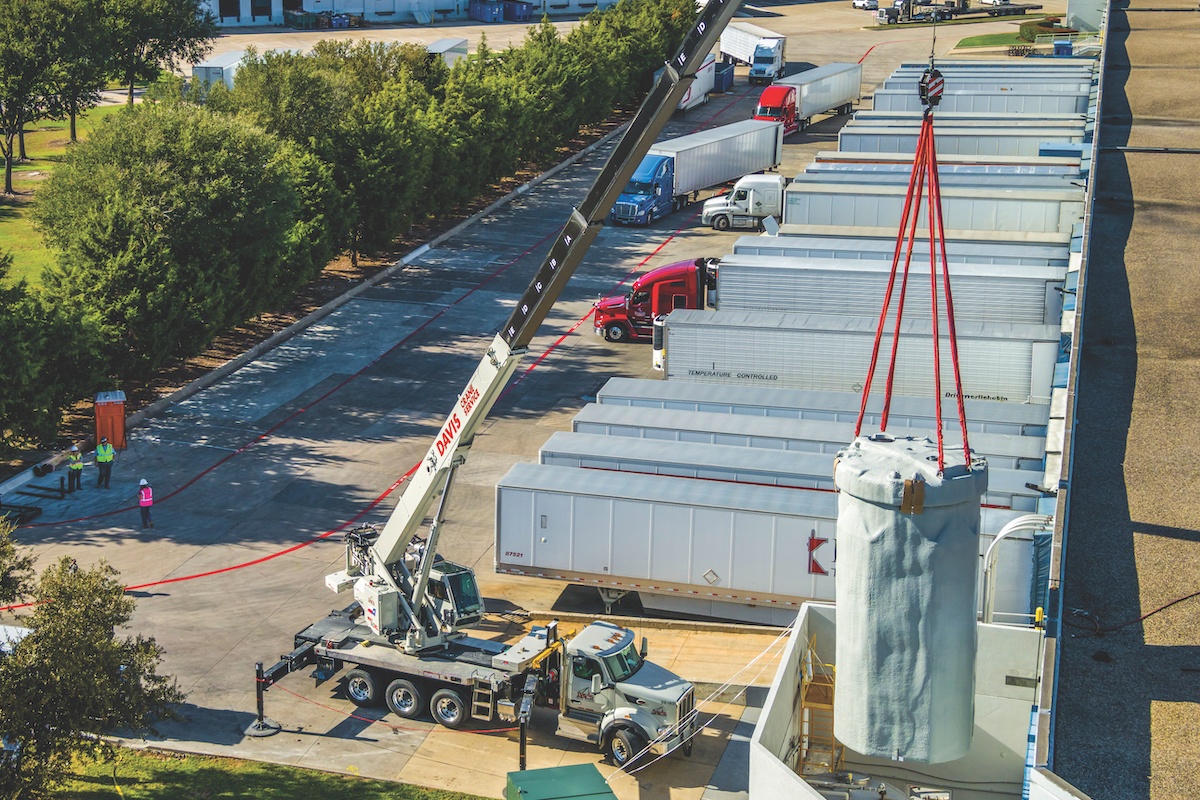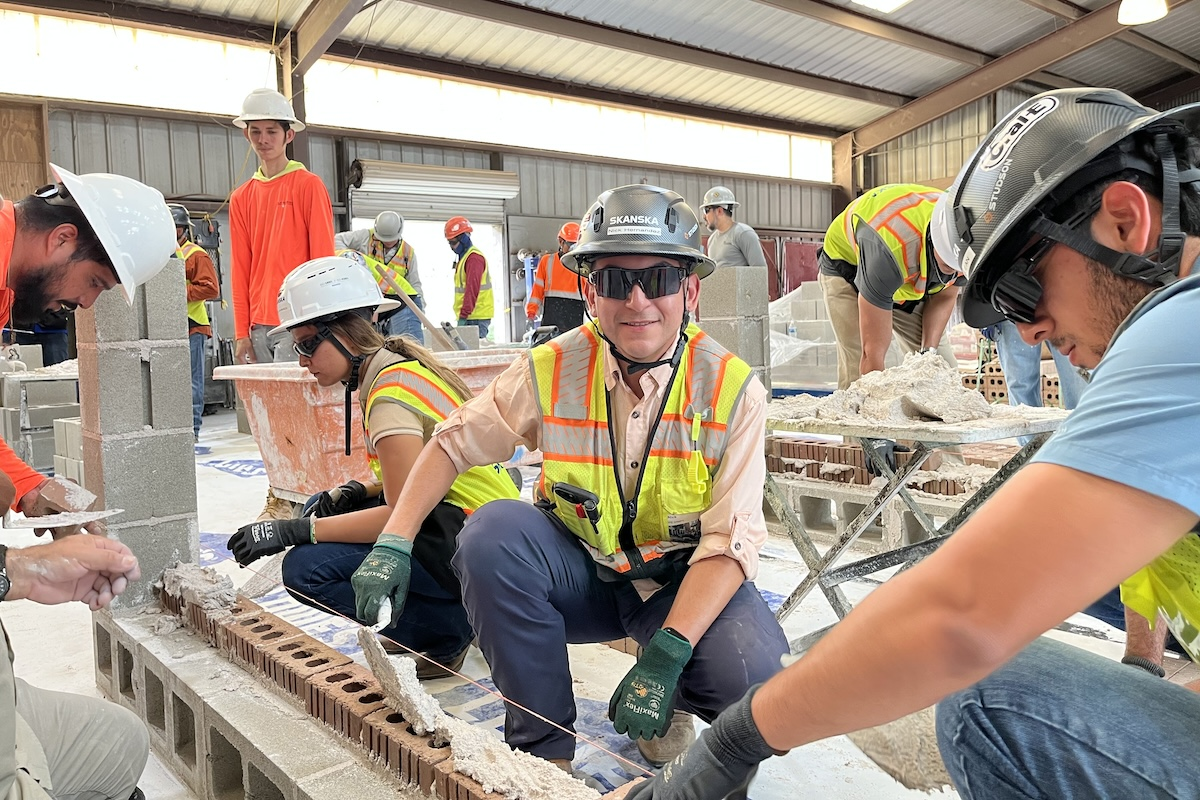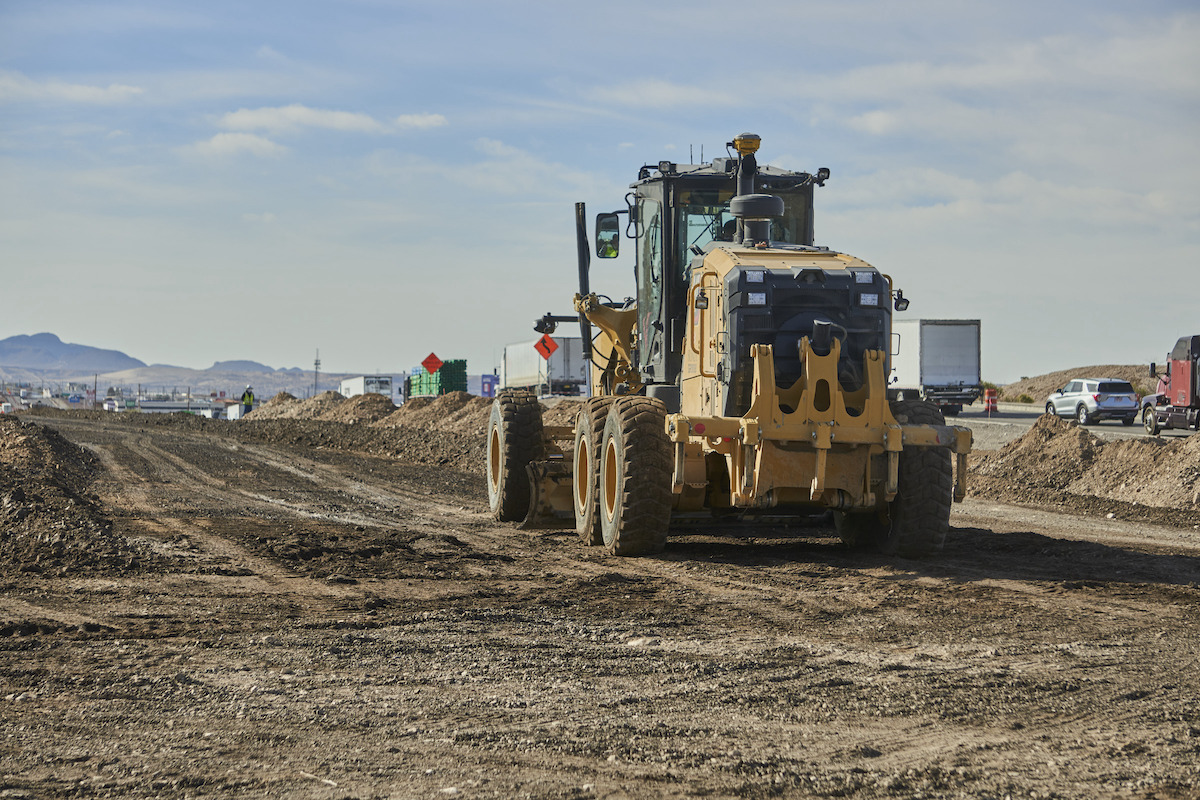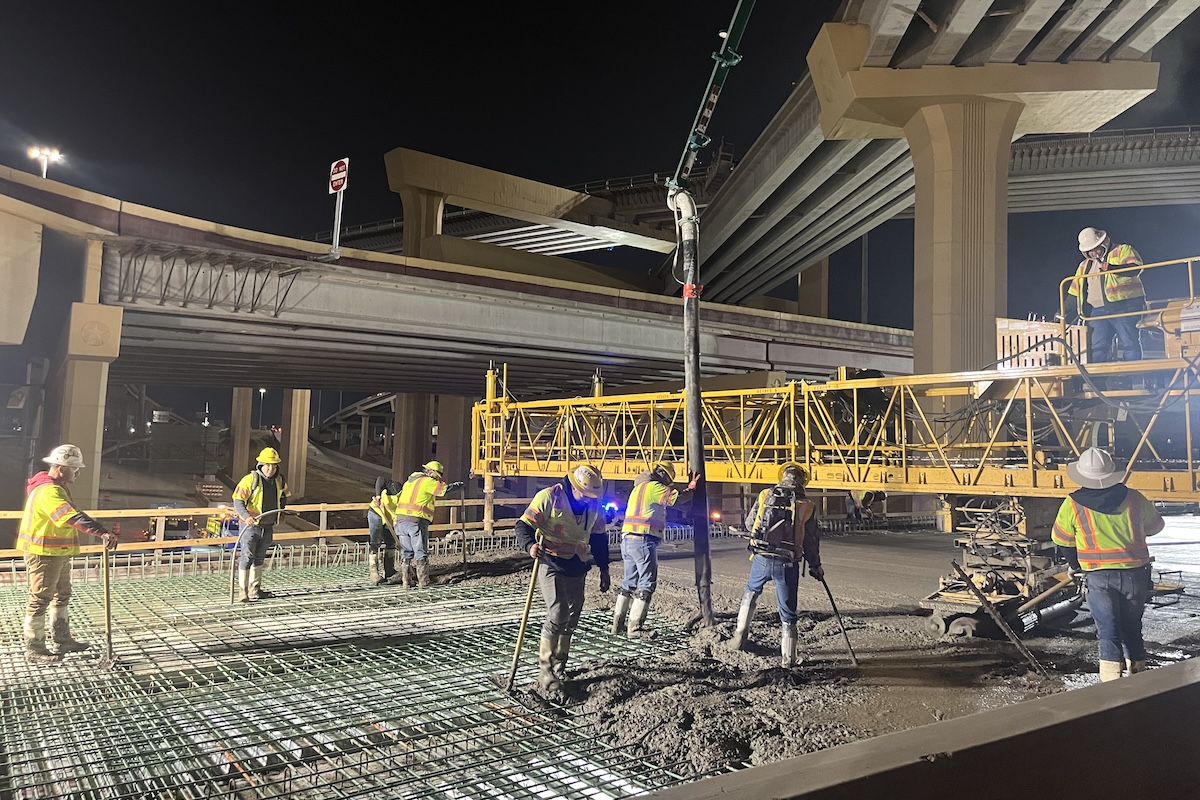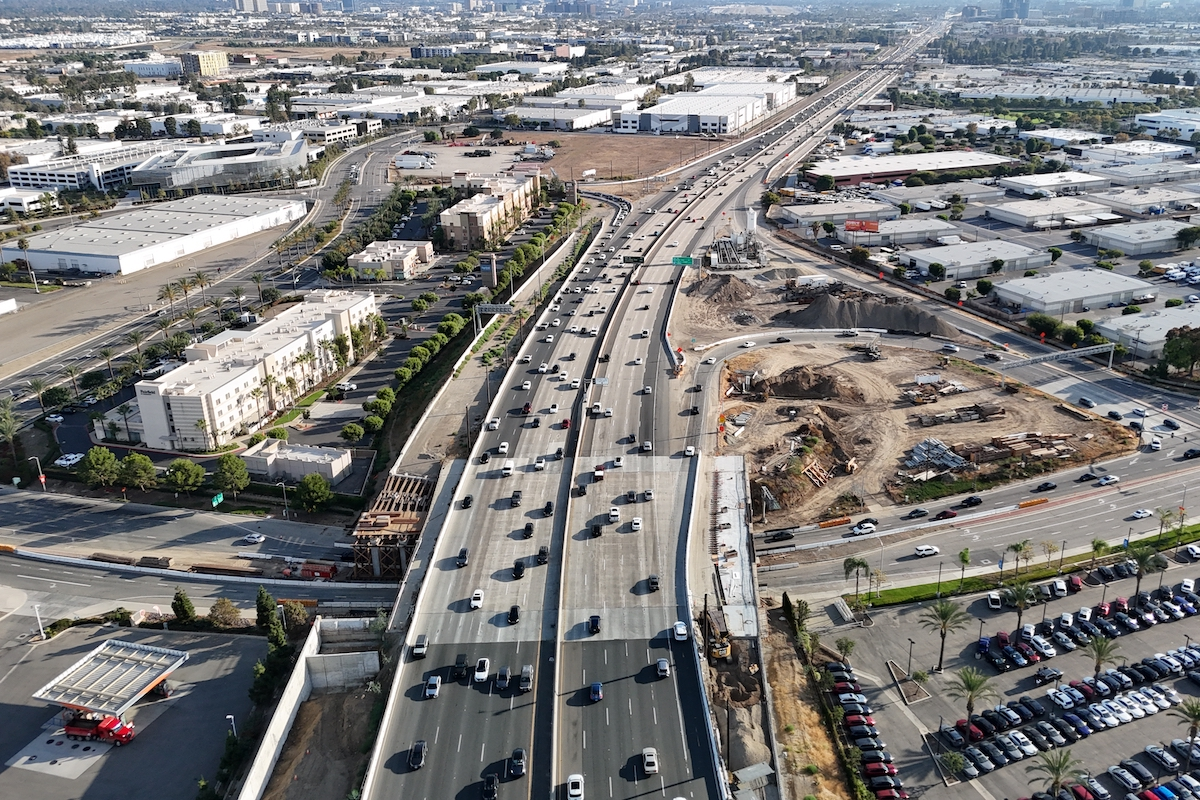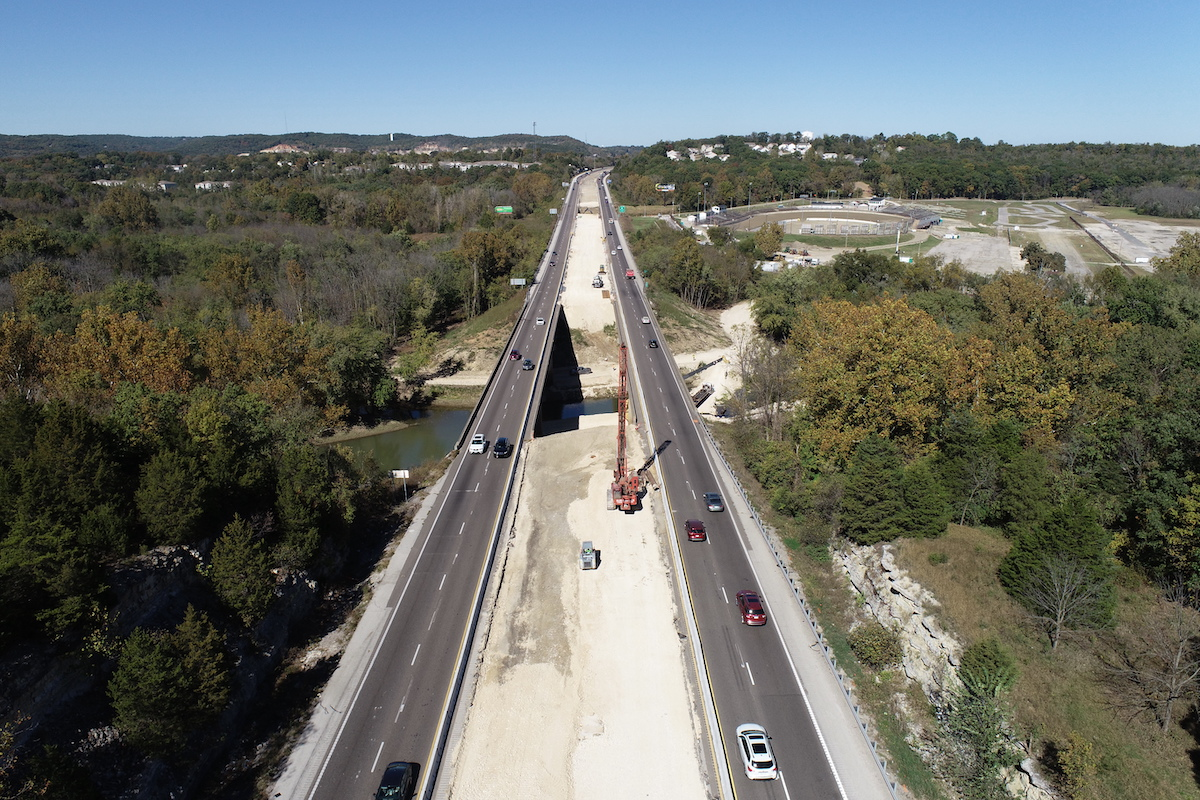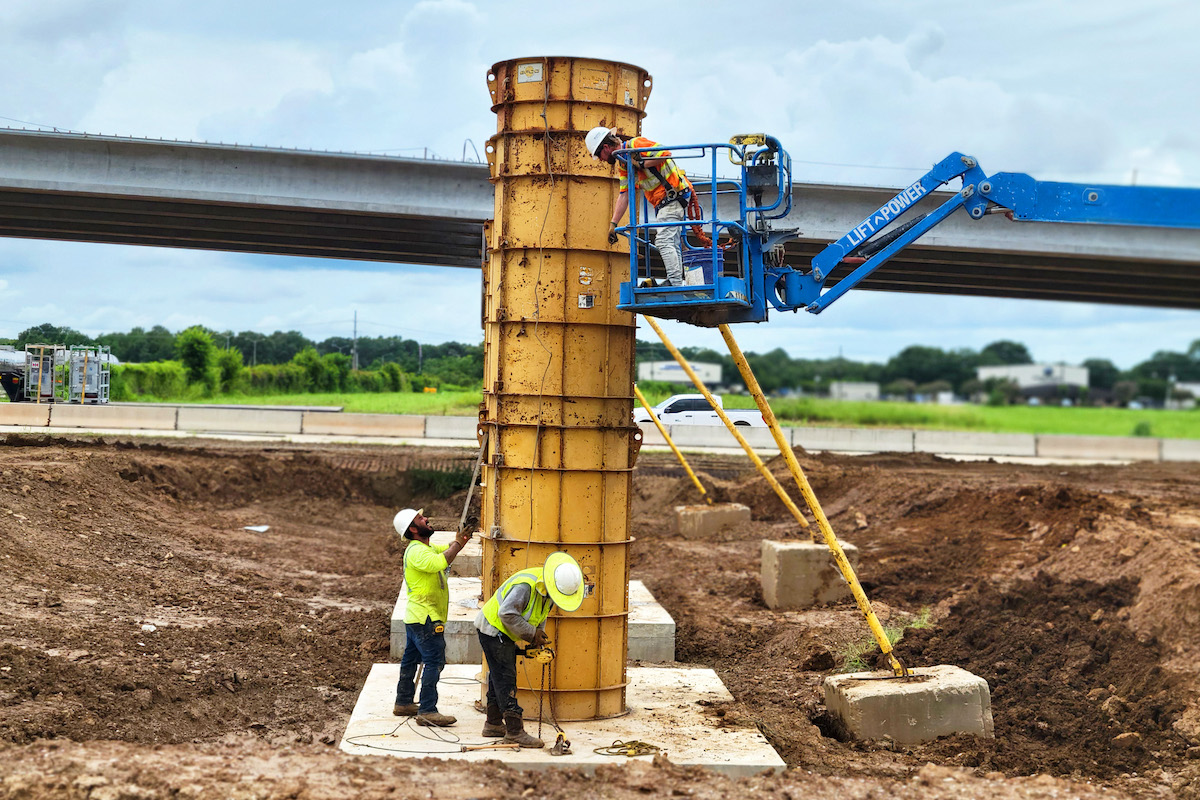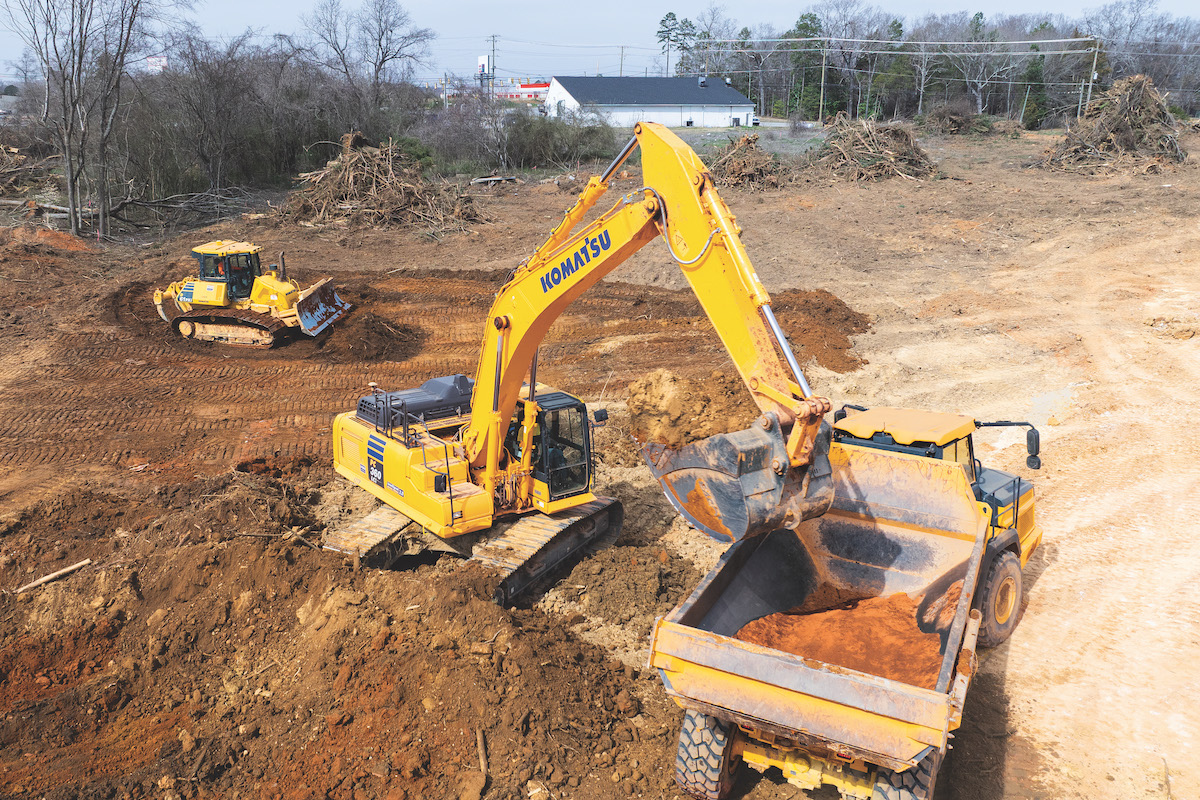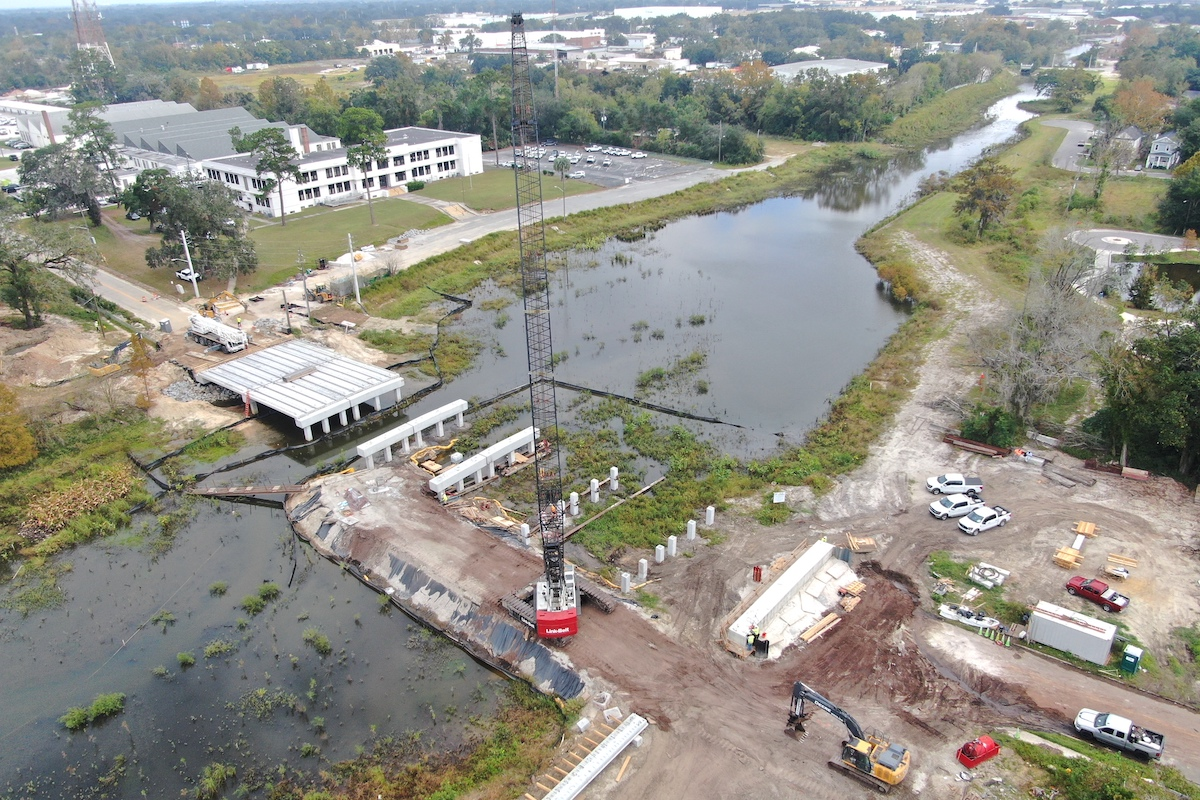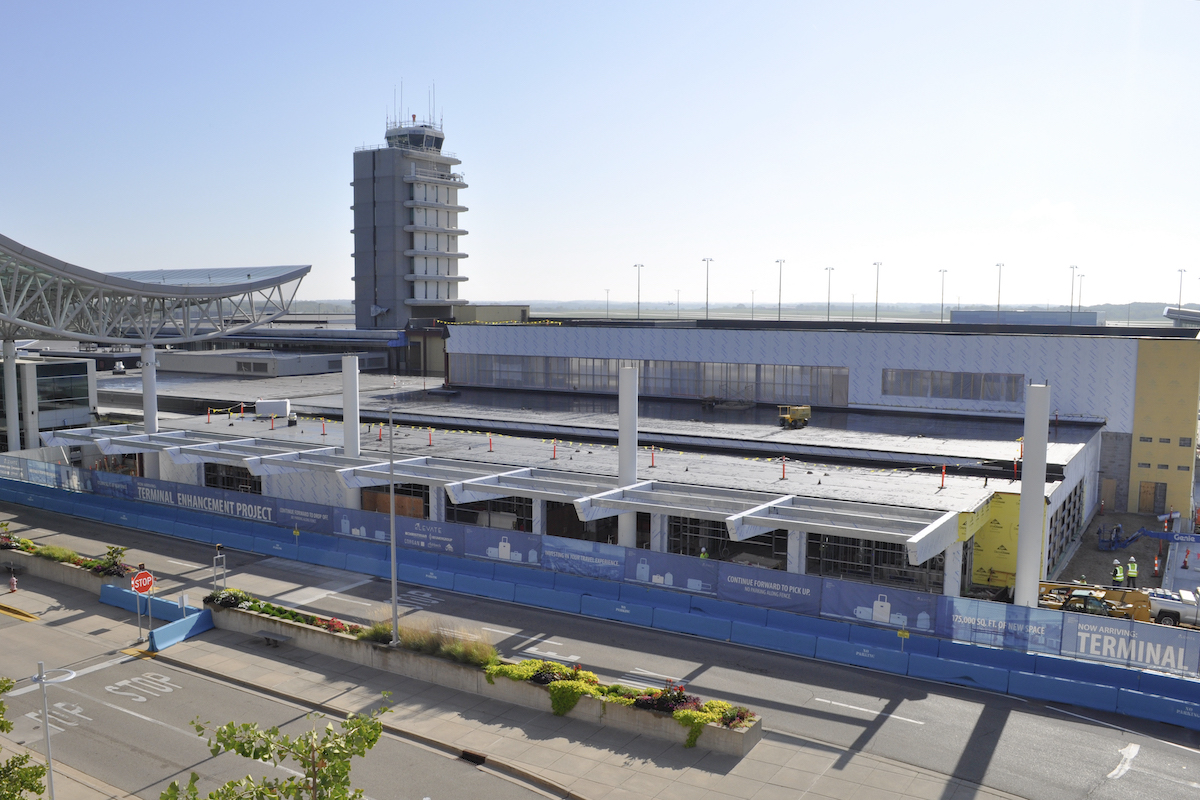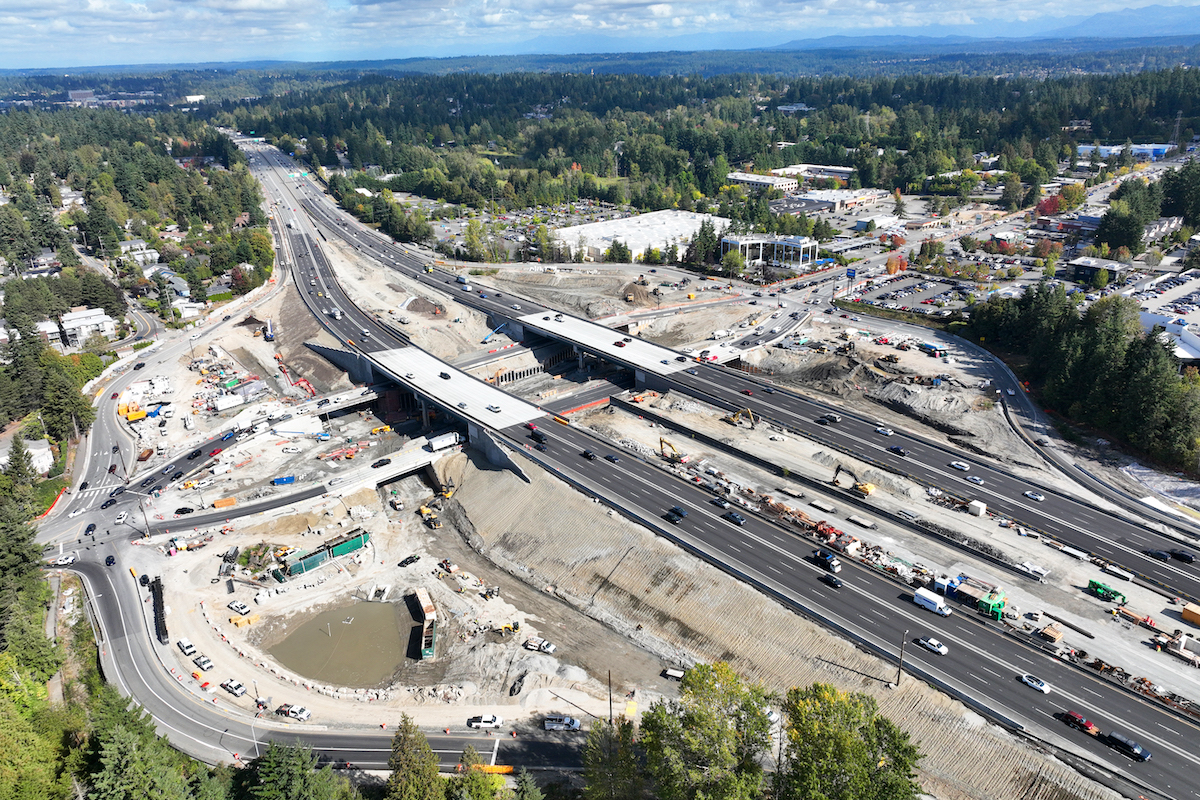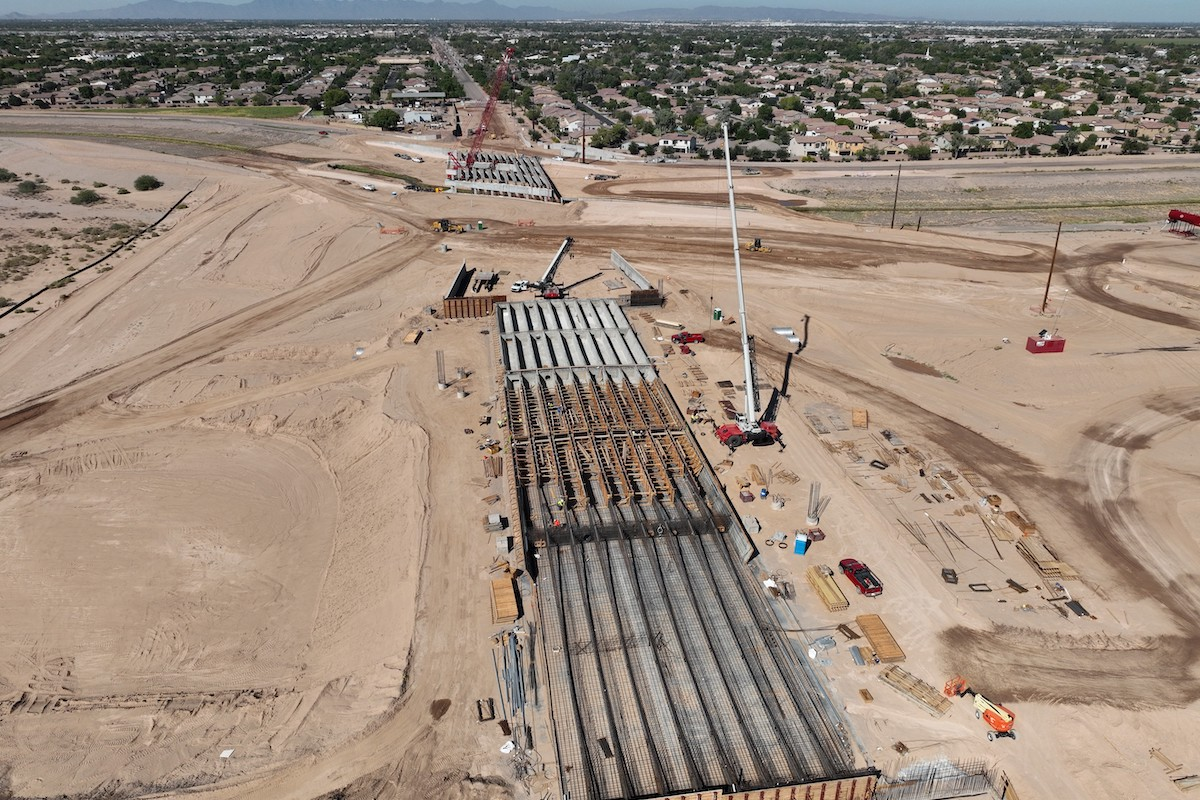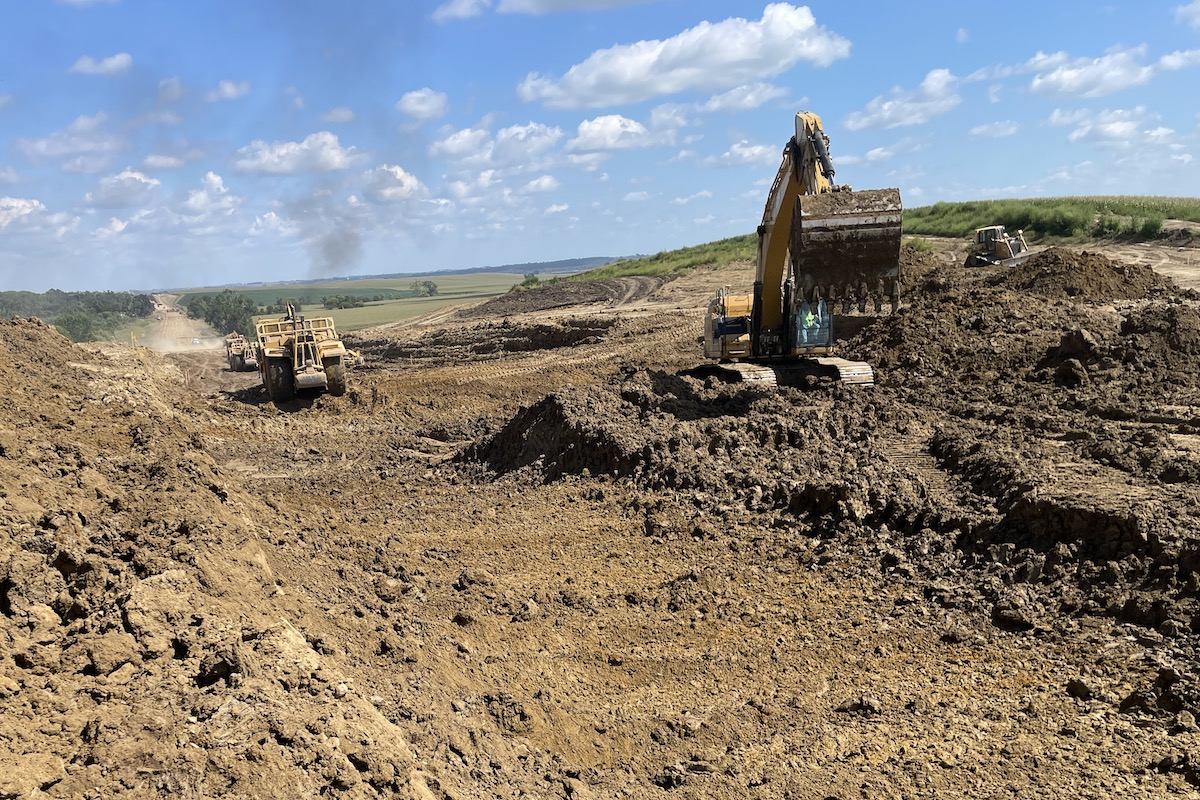Take a guess — how many times this week have your employees entered the same project data into two or three different platforms? After 30 years in technology and my first few months at Superior Construction, I've seen it play out repeatedly: Companies grow, add software platforms piecemeal, and end up with scattered information that creates more problems than it solves.
This happens when platforms don't communicate. When team members resort to recording data on paper or in spreadsheets because they can't trust the official system, the risk of errors increases significantly. Often, the problem isn’t discovered until it's too late.
At Superior, we experienced this firsthand. Our field management software and enterprise resource planning system didn't communicate well, causing issues ranging from payroll processing hiccups to project managers maintaining parallel spreadsheets. When field teams entered their time into one system but relied on their own tracking methods, we ended up with two different versions of the truth.
Why does this happen? Employees aren't trying to be difficult or complicate things. They create shadow processes when official tools don't meet their needs. Understanding this mindset is crucial — construction personnel will always find ways to get their work done, and if the company's system doesn't support their workflow, they'll create a siloed solution that does.
The key to successful system integration isn't a massive overhaul; it's identifying your company's information pain points and taking strategic, measured steps to address them.

| Your local Astec dealer |
|---|
| Closner Equipment Co Inc |
At Superior, our approach starts with understanding what we call "tech debt" — the extra time and money we spend maintaining legacy systems compared to what we'd invest in modernizing them. Sometimes companies avoid change because they're afraid of disrupting operations, but they don't realize they're already paying more to support inefficient platforms than they would to upgrade them.
To address this tech debt, we're implementing a cloud-based architecture that supports modern application programming interfaces (APIs). Think of APIs as the plugs that allow different systems to communicate with each other. Legacy systems typically can't do this well; they're limited to basic file transfers — or worse, manual data entry. Technology like robotic process automation (RPA) can be used to close these legacy gaps, but we prefer to use APIs when we can. While cloud infrastructure isn't new, it remains underutilized in construction, despite being essential for providing platforms that can evolve with new technologies.
Once the connectivity foundation is in place, the next challenge is choosing which systems to connect. When evaluating integration opportunities, we focus on simplifying our collection of software tools as much as possible. Rather than purchasing separate software from different companies for every function, we look for core platforms that can handle most of our primary operations and back-office functions. We supplement with additional software from other vendors only when necessary, ensuring they integrate seamlessly with our main set of tools.
The critical factor is taking a phased approach with small, tactical wins that we can measure and use to demonstrate progress. I've seen too many organizations try to automate everything at once, and it rarely works. Instead, we're implementing changes safely and consistently, allowing teams to adapt gradually without causing organizational stress.

| Your local Gradall Industries dealer |
|---|
| WPI |
| Kirby-Smith Machinery |
| ASCO Equipment |
Since not all APIs are created equal, we investigate thoroughly. Can data flow in both directions? Do the vendors maintain their APIs? Can we expand functionality when needed? These questions prevent us from investing in solutions that look connected but have limited features and only allow information to move one way.
Connected systems aren't just about efficiency — they enable the kind of scaling manual processes simply can't achieve. Superior has ambitious goals for sustainable growth that requires automation and integration.
The workforce reality makes this even more critical. The construction industry is not seeing the same robust pipeline of workers it once did, so the more we can automate routine tasks, the less we depend on increasingly scarce human resources. This challenge becomes acute when experienced employees retire. They may be walking out the door with years of workarounds, shortcuts, and tribal knowledge that never made it into official systems.
Business success depends on clean, timely, accurate information. Beyond improving internal operations, this responsiveness creates competitive advantages. When competitors can generate detailed reports while your data remains trapped in manual processes — limiting you to high-level summaries — they gain significant advantages in estimating, forecasting, and project agility.

| Your local Gomaco dealer |
|---|
| Closner Equipment Co Inc |
| Romco Equipment Co |
Bad data leads to bad or delayed business decisions. Speed and accuracy in decision-making can be the difference between winning and losing projects and avoiding profit fade.
The technology ecosystem has exploded in the past 10 to 15 years, with companies like Procore, Autodesk, and Trimble offering modern, integrated solutions. This abundance makes choosing future-ready technologies both easier and more critical.
We’re on the brink of another transformation with artificial intelligence, and the way systems communicate is evolving rapidly. We're seeing the emergence of model context protocol (MCP), where AI systems communicate directly with other AI systems to handle tasks with limited human intervention. Companies like OpenAI, Microsoft, Oracle, and Salesforce are already adopting these standards.
The key is finding that sweet spot between cutting-edge and proven technology. We don't want to be bleeding edge — nobody wants to be the Betamax of construction technology — but we also can't afford to fall behind. We must look for emerging standards that major industry players are adopting and technologies that can grow and adapt as our needs change.

| Your local Liebherr Construction Eq dealer |
|---|
| Nueces Power Equipment |
The path forward doesn't require a complete technology revolution. It starts with asking why your employees do things the way they do and honestly evaluating whether those processes serve your current and future needs.
The construction industry faces unique generational challenges, with experienced professionals who are more comfortable with older methods working alongside younger employees who expect integrated, modern technology. Success requires solutions that respect both perspectives while moving the organization forward.
Focus on removing the barriers that force people to maintain parallel systems. When employees trust they can get the information they need, when they need it, from official systems, they'll gladly abandon their spreadsheets.
This trust-building approach is critical as every construction company facing growth addresses this integration challenge. Will you address it proactively or wait until the inefficiencies become too costly to ignore? Companies that get this right will be positioned to scale, adapt, and compete in an industry where data-driven decision-making is becoming the standard, not the exception.

| Your local Atlas Copco CMT USA dealer |
|---|
| Cooper Equipment Co |
| Closner Equipment Co Inc |
| Central Texas Equipment |
| Bee Equipment Sales Ltd |
Brian Ellison is Vice President of Technology Services at Superior Construction, where he leads digital transformation initiatives and long-term technology strategy. He can be reached at bellison@superiorconstruction.com.

